The art of; Marriage
“A happy marriage is a long conversation which always seems too short.” ― André Maurois
Dear reader,
The Art of Marriage—where do you even begin?
In this letter, I’ve tried to focus on both the easy, loving parts and the contrasts that give a relationship its depth—the challenges, the growth, the refining process of being together. What does it mean to evolve side by side? To be pushed, to accept, to have the courage to transition into new versions of ourselves?
I’ve drawn inspiration from films, paintings, and the people who have shaped my understanding of love in motion. Because marriage isn’t just about grand moments—it’s about the quiet gestures that carry the most weight. The hot coffee waiting on the stove, the way he grabs the shovel to help in the garden, the slight raise of an eyebrow when it’s time to back off in a discussion—yet always with his hand still resting on my back.
These are the things that matter. And this is a letter about that.
This month in For Your Eyes Only, I’m sharing a special wedding insight—complete with pictures and my personal take on what truly matters when planning a wedding, and what’s best left behind. A deep dive into my own wedding with John, the details that stayed with me, and the lessons I’d pass on if I were to do it all over again.
You’ll also get an exclusive interview with my husband, John Hichens. He opens up about sharing personal insights on the art of marriage, the small gestures that mean the most, and how every challenge has helped shape our love. If that sounds like something for you, subscribe to the paid edition and join me there next week!
Kindly note: This newsletter is rich with inspiration and may be on the longer side. If your email platform shortens it, please open it in your browser to fully appreciate every detail. This newsletter includes affiliate links.
THE PORTRAIT - Bernard Dunstan and Diana Armfield
Bernard Dunstan, lived a true artist life. In 1949, he married fellow artist Diana Armfield RA. For some 50 years, Dunstan did a nude sketch of his wife every morning. Not surprising for someone whose artist statement is: “Paint what you love, love what you paint.” It also explains why nudes make up so much of his portfolio.
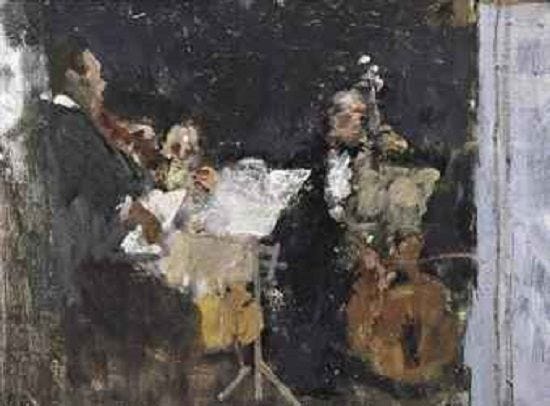
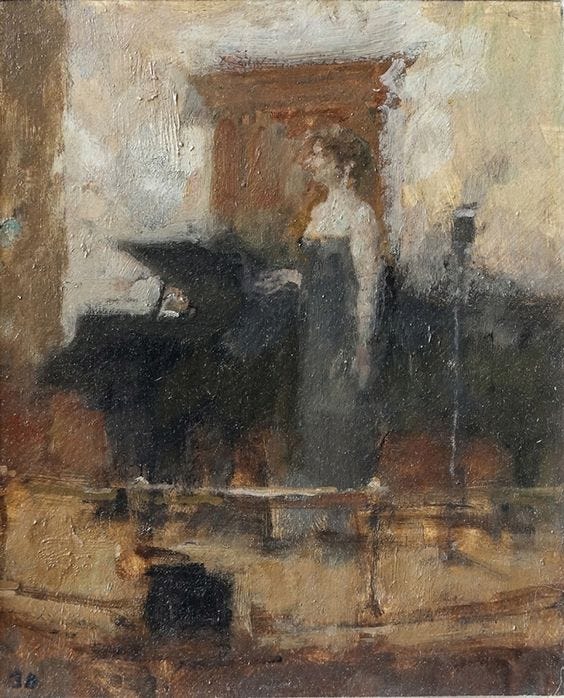
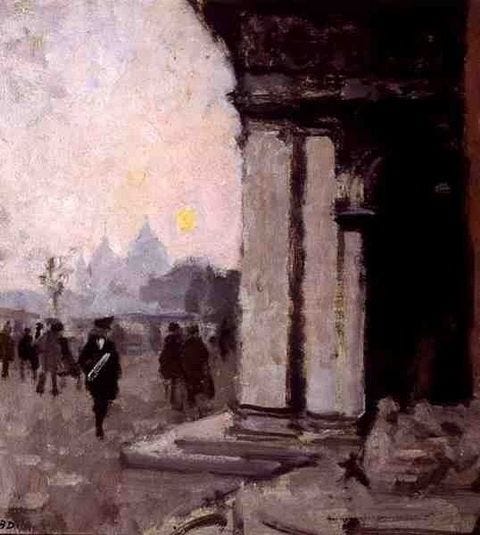
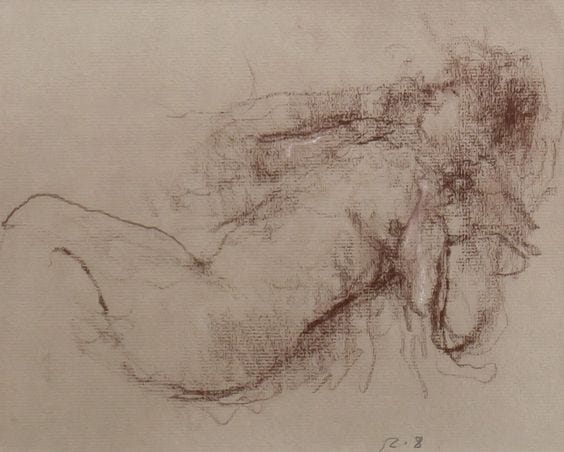
Bernard Dunstan and Diana Armfield
When I tell people about how my husband and I met. From the first kiss, I never went home again. A never-ending first date. And even now, after all these years, I measure the state of our marriage not in anniversaries or grand gestures, but in conversation—how we talk about culture, art, politics. If that dialogue flows, if we are still curious about each other and the world, I know we are in a good place.
Somehow, I read Bernard Dunstan’s paintings in the same way. His lifelong marriage to Diana feels like proof that love—real, lasting love—thrives in shared curiosity. His paintings of her, absorbed in a book or at her easel, aren’t just portraits; they’re evidence of attention, of a husband who never stopped looking, never stopped discovering her. Their art became a method of seeing each other anew, again and again.
I wonder if that’s the secret—this quiet, daily act of witnessing. To live beside someone, not just as partners, but as lifelong observers, students of each other’s thoughts and movements. Maybe love, like art, is not about holding on too tightly, but about staying open, always ready to be surprised.
If you want to hear about their relationship in Diana’s own words, there’s a wonderful film clip where she reflects on their life together—her own creations, Bernard’s art, and the way they intertwined.
Diana Armfield - Painting their lifes
She speaks with the kind of honesty that feels like a quiet “kiss and tell,” revealing the depth of their connection not through grand declarations, but through the simple truths of living and creating side by side.
PLAYLIST - The art of marrige
Music has always been woven into our marriage. From the reckless, heady days of being young and careless to the quiet moments now, where silence and small gestures mean the most. Songs have marked the chapters of our life together—our children’s childhood, the friendships that have come and gone, the ordinary days that turned into memories.
I’ve put together a playlist of some of these songs, a kind of soundtrack to our marriage. It’s not just nostalgia; it’s a reminder of the way music holds time, how a single song can bring back a feeling, a season, a place we once were. A summary of all that’s been, and all that still is.
WISHLIST - Bride to be
If I were to do it all over again—or if I had a best friend getting married and needed to guide them through the preparations—I know exactly what I’d recommend. Bridal fashion shouldn’t be about trends or unnecessary excess; it should feel like an extension of who you are, elevated but effortless.
For a summer wedding in the garden i whould love to wear something feminin but modern like the Toteme Slouch draped satin maxi dress.
This silk dress remind me of Italian 50th movies, the classic and refine cut but playful in its simpleness.
The Silk shirt makes a nice pair whit this silk and wool pleathed skirt. Perfekt if you want to wear the wedding strass more than ones.
The Galvan Pandora dress is flattering showing collarbone and an ankle.
Last but nog least this dress is absolutely stunning and surprisingly enough it a bargain.
Sania D’mina shoes adorned with pearls would be the perfect complement to a sleek and minimalistic silhouette.
For a beach wedding, these crochet ballerinas from ARKET would be gourgeus.
Toteme designed these ’80s-inspired white patent leather pumps, and they instantly remind me of the set design and costumes in Working Girl—which is never a bad thing
The 70s satin mules from Jimmy Choo have a New York kind of sparkle to them.
For more inspiration and collages on weddings and style, join me next week on the paid subscription For Your Eyes Only.
THE VAIL - A balace act
The decision to wear a veil on one’s wedding day is often layered with tradition, symbolism, and personal reflection. While many brides see it as a gesture of purity or a connection to the past, for me, the veil served as something far more intimate—a subtle yet meaningful choice that helped me stay grounded on a day when a lot of focus whould be on me.
Wearing a veil was never something I imagined for myself. But as the day approached, I realized it was the one time in my life when I could embrace it, fully aware that it would be a moment unlike any other. I didn’t see it as a costume or as something that would make me appear to be someone else. Instead, it became a way to center myself, a quiet gesture that allowed me to remain close to who I am, even when everything around me felt amplified. It wasn’t about hiding—it was about creating a space where I could be exactly who I am for John and for myself, while still embracing the occasion. The veil, for me, became a bridge between the public and the private, an elegant, understated moment in a day filled with attention.
Beyond its symbolism, I also found that the veil added an undeniable aesthetic quality to the look. There was something about how it complemented the dress—the way it flowed, the way it seemed to complete the vision I had. Veils also have a long-standing relationship with fashion and art. Designers like Valentino and Dior have turned veils into statements of beauty and elegance, making them more than just accessories—they become essential parts of a woman’s identity on the day she wears them. In this way, a veil is not just about appearance; it’s about the transformative power of art and fashion. It becomes a part of the wearer’s narrative, offering a quiet yet profound gesture of expression.
For me, wearing the veil wasn’t just a symbolic act or a historical reference—it was a personal choice that allowed me to feel connected to myself, to history, and to John. It was subtle, not meant to overshadow, but to enhance the experience.
WISHLIST - Hen’s & Hers
This collage is a collection of things I’d recommend for every marriage—as if relationships were something you could buy off a shelf. And yet, isn’t that irony part of the charm?
Of all the relics of a marriage, few are as telling as the softly worn, time-faded shirt. I always find myself borrowing John's once they have reached that perfect state—bleached by time, softened by wear, and impossibly comfortable. Stenströms offers greet quality.
As a teenager, I often borrowed my father’s watch—later, it was my husband’s. Now, I have my own: a Longines Dolce Vita. If you happen to be searching for something equally timeless...
A personal scent has the power to bring back the best of days. My husband and I cherish Trudon Solis Rex—its warm glow has illuminated some of our finest memories. Each time I light it, I am transported. Recently, I discovered this one and found it equally enchanting. Maybe this one from Lola James Harper chould be something for you?
The best coats are the ones you borrow from your spouse—or at least the ones that look as if you do. Sharing a classic car coat is a quiet act of love.
Weekends astray—a place to call your own. It could be a beach, a trail, or a city, but it becomes yours when you speak of it as such. For us, it’s our country house on the coast. Walking those long, rocky, and sandy shores has a way of washing everything away. But if I were to find a new place for a weekend escape, I’d love to go here…
There’s a certain romance in sharing a classic paisley robe—especially a well-worn Ralph Lauren one. Draped over the shoulders in the quiet of the morning, passed between husband and wife, it becomes more than just loungewear; it’s a small tradition,
Suede loafers—perfect for park walks, season after season. The kind that grow softer with time, molding to your stride, carrying you through crisp mornings and golden afternoons for years to come.
The perfect slightly squared pilot sunglasses with green lenses—passed between each other in the car, depending on who’s at the wheel.
Smythson’s monogrammed luggage tags—for all the adventures ahead. A small but certain mark of journeys well-traveled and memories yet to be made.
The Bully 1803 set of brush and comb—suitable for either one of you, depending on who has the thickest locks. A classic, shared between the two, with a touch of luxury for every morning routine.
And at last, a striped matching pajama set—for those quiet moments spent staying in, taking care of each other through sickness and in health. A simple, comforting reminder of love’s gentlest rituals.
THE BOOK - The beauty of the husband; Anne Carson
As i might have mentioned before Anne Carson is one of my favourit autors. The Beauty Of The Husband is an essay on Keats’s idea that beauty is truth, and is also the story of a marriage. It is told in 29 tangos. She describe it : A tango (like a marriage) is something you have to dance to the end. Its a narrative verse that take us vividly through erotic, painful, and heartbreaking scenes from a long-time marriage that falls apart.
THE MAID OF HONOUR - A Love Like No Other
When it comes to planning a wedding, there’s no shortage of decisions to make, but one stands out above the rest: choosing your Maid of Honor. I think everyone should have a friend like mine—sharp, protective, and fiercely loyal, not just towards your ideas and aesthetics, but towards your mindset and memories. She’s the kind of person who has your back, even when you can’t quite articulate why you need it.
I met my Maid of Honor 10 years ago, and in many ways, I feel like she’s my second love—after John, of course. She knows me in ways that are hard to describe. She sees me clearly, even in moments when I have trouble seeing myself. It’s a kind of knowing that feels both deeply personal and intensely pragmatic—always on point, and always with a grounding perspective.
A Maid of Honor should be more than just someone who carries your bouquet or helps choose the napkin colors. She’s the one who’ll hold the space for you when you’re lost in the chaos of wedding planning, the one who'll challenge your thoughts in a way that sharpens your decisions, and most importantly, she’s someone who’ll keep you grounded in the big picture, in the love and commitment that marriage truly represents.
Through it all, an ability to make everything feel warm, homie, and cared for stood out the most. From styling my hair to crafting the perfect bouquets, and of course, making me laugh all the way through—she has a gift for turning any moment into something special. I always left feeling like I had been taken care of in the most loving, thoughtful way.
I recommend you to cherish a true friend with this assignment because it will be a big part of the wedding and how you remember it, for years to come.
THE INTERVIEW - Camilla Bastin.
Theres a certain refinement to Camilla Bastins aesthetic: an effortless blend of grown-up sophistication and youthful flirtation. As the matketing leader at Caia, she has a way of making beauty feel both timeless and deeply personal, striking a balance between elegance and ease.
In some ways, her approach echoes the essence of Jessica Chastains character in Scenes from a Marriage, a woman who embodies both strength and vulnerability, always polished yet undeniably real. Id love to ask Camilla how this inspiration translates into her work and how she navigates the intersection of classic beauty and modern intimacy.
Your style has this beautiful balance—elegant and grown-up but , always with a touch of playfulness. Do you think that reflects something deeper about your personality or the way you see beauty?
Thank you. Since I was a young girl, I have admired elegant men and women and identified that it is not about an outfit and especially not just about an expensive bag.
It is rather about the balance of the full appearance –proportions, materials, hair and makeup, nails, accessories and how you carry yourself. Posture, scent, integrity and most importantly – manners. You can have the most expensive bag in the world but if you never hold a door for others, say thank you or – my worst – speak about your private life on FaceTime at a restaurants or public transport – there is no style to your appearance at all.
As my style is very classic and I keep to certain elements year after year, I do not think I have been referred to as a “style personality”. What I find interesting now is that more than ever I get asked about my style, wardrobe and how I dress myself and I think that indicates a tiredness of quick trends, quick buys, and a longing for personal style – which does not have to mean quirky or crazy in any way. It is about being true to who you are and wear what you gut tell you to wear. When it comes to playfulness, I love all things sensual. Scent, lingerie, skincare and beauty, soft materials, and intimacy in all ways. Therefore, I always want even a classic look to have bit of a sensual touch. For me, it’s not about showing skin. It's rather about a sensual shoe, beautiful hair and always smelling exquisite.
This isn’t, as other might think, for the male gaze. This is a way for me to feel feminine, powerful, and close to my feelings and personality. I am a dreamer and love to fantasize. Having sensual elements in my style makes me feel closer to who I am and to my dreams…
You’ve mentioned being inspired by Jessica Chastain’s character in Scenes from a Marriage. There’s something so raw yet effortlessly put-together about her. What is it about her presence—her way of dressing, moving, or being in a relationship—that speaks to you?
It is how she dresses so close to who she, at least appears, to be. Nothing looks like she has dressed inspired by a Pinterest image. I also love how she wear delicate materials – silk night gowns, silk shorts, leather trench coats, wool skirts, cashmere polos. Wearing delicate or natural materials shows that you care how you show up for others. It might be super old school, but I love it. Making a reasonable effort is admirable and shows a bit of character.
There’s an intimacy in the way you approach beauty—it never feels overdone. Do you think that comes from your own way of living, your relationships, or even how you see yourself?
Thank you. I think this is a natural result of deciding where to put my energy, while I always prioritize appearance there is usually just 10-15 minutes every morning that I find reasonable to spend on it. I want to socialize, read, read to my children, talk to my husband, and do great work. I also want to look like myself, while I put effort into taking care of what I have. I think that’s really my thing in all things is life – use your forehand and perfect it.
I luckily have a great head of hair, so no matter how trendy a French bob is I stick with my long healthy hair. I am a great communicator and leader, so I chose work where those traits can flourish. I obviously have parts of how I look I don’t love and skills I’m not good at, which I just don’t focus on too much. I put focus on my strengths and try to enjoy them. How boring to be perfect and great at everything. I personally love to meet people who joke about their flaws and usually end up only being friends with people who show vulnerability.
Do you have certain things—maybe a piece of clothing, a fragrance, or even a quiet moment in your day—that ground you in your own style and mindset? Those little rituals that feel like home?
I love jewelry and perfume, and I wear it every day. It’s like a shield reminding me of who I am, my integrity and what matters. I have diamond necklace charms with my children’s letters, a pearl with a diamond my bridesmaid gifted me just before my wedding, my wedding and engagement ring and other beautiful things my husband has gifted me during our years together.
I love it about him, he’s modern in the way that he shares all family responsibility with me but old school in the way that he really treats me as a woman he is in love with. Buying flowers, gifts and complementing me when I dress up. No matter how independent I am, I will always love to be spoiled occasionally.
Not being self-employed and working for others I have found that it’s crucial for me to have integrity and make an active choice every day to work for the people I work for. If I feel like someone owns me, I lose all ambition and drive. When I actively choose to give my knowledge, creativity, and drive to a company I would say I can be quite unstoppable and accomplish great things, but only if it feels like an active choice. Jewelry reminds me every day of who I am and to keep my integrity.
I only have one fragrance I always wear. I never change. I love it and my husband loves it. For me it’s important to smell good for my husband and I am so happy I’m older now I dare to write it in an interview like this.
Style isn’t just about what we wear —it’s in how we move through life, the spaces we create, the energy we bring to relationships. How does your idea of beauty and elegance shape the way you live, beyond just makeup and fashion?
The older I get, the more I realize how immensely the spaces around me influence my mood and have also decided to not minimize it or define it as blunt or shallow. If I have a bad day, the first thing I do is to clean my home and fill it with flowers, candles and light a fire in our fireplace.
The second thing I do is to shower or take a bath, adding perfume and dressing in comfortable, soft materials. The third thing would be to meet family or friends. After going through challenging periods in my life I thought this would maybe change (perspective as they call it) but it was the other way around. Having a beautiful, organized, and clean space for me and my family has never felt more comforting or meaningful.
“Mitt hem är min borg” is a Swedish expression I live by. I come home to find rest, peace, comfort, inspiration and to re-build energy to go out in the world as the person I want to be.
Thank you, Camilla, for this interview and for being so open about your thoughts and experiences in discovering and staying true to yourself.
You can follow Camilla on Instagram here.
BERGMANS WORK - Regret, Lust & Misinterpretation in marrige
There’s something deeply unsettling about Scenes from a Marriage—not just in its arguments or betrayals, but in the quiet moments where intimacy curdles, where misunderstanding hardens into something irreversible. Jessica Chastain’s character embodies this perfectly: the push and pull between longing and repulsion, the way love and exhaustion can exist in the same breath. Yet, her wardrobe , (and everyone elses in theese productions) remains flawless, offering a stark contrast to the emotional turmoil.
She and Oscar Isaac’s character speak, but they do not hear each other. Instead, they misinterpret, reshape, and reinforce their own truths, mistaking personal narratives for reality.
But this dynamic isn’t just present in Bergman’s Scenes from a Marriage—it’s even more harrowing in Trolösa. There, the protagonist’s battle for freedom becomes its own form of enslavement. She begins the story with everything—stability, success, the life she’s supposed to want. And yet, it isn’t enough. Lust pulls her toward something else, something that promises liberation, transcendence, a different version of herself.
But the tragedy of Faitless -Trolösa is that this pursuit, rather than setting her free, only deepens her entrapment. She doesn’t escape societal structures; she falls into them more completely. And in every scene, we see it—hunting, searching, never satisfied.
It’s here that regret becomes the only honest thing left standing. In both Trolösa and Scenes from a Marriage, it is not a punishment but a compass—the last feeling sharp enough to cut through self-deception.
Lust is often framed as a force of agency, a reclaiming of power, but here, it’s something else entirely: an illusion of freedom that leads only to another kind of captivity. And maybe that’s the cruelest part of it all—that she had it all to begin with, but still, it wasn’t enough.
THE SCULPTORS LIFE- Carl and Olga Milles
Art has the power to shape its time, to gather people, to carve out new spaces where there were none before. Carl and Olga Milles did just that. Millesgården stands as a monument to their world—a place where sculpture, craftsmanship, and intellectual exchange thrived even in turbulent times. Carl Milles was one of the most celebrated sculptors of his era, transforming public spaces, bringing beauty to cities, and mentoring artists when doors were otherwise closed.
The Arts & Tea members’ club gathered for our second meetup last weekend, stepping into the world of Carl and Olga Milles. Their marriage was one of movement—art flowing between countries, sculptures taking shape across continents. Yet, within this creative partnership, there was also longing. Olga, a gifted artist in her own right, never quite settled in Sweden. Her heart seemed to pull her back to Austria, to something familiar, something lost.
What does it do to a person—to feel like a visitor in their own home? To live among a language, a landscape, a culture that never quite feels like yours? Perhaps longing becomes its own kind of artistry, a quiet undercurrent shaping everything created in its wake.
Maybe Olga’s story is a reminder that home is not always a place but a feeling. That even in the most dazzling artistic circles, in the grandest of studios, the ache for somewhere else never truly fades.
Alongside this legacy, there is another page, one that remains largely undiscussed. Milles sympathized with the Nazi movement. He never took it back. And still, we carry his work unquestioned, his sculptures standing tall in public squares, his name untouched by the scrutiny given to others.
This makes Millesgården’s current exhibition, Extras by Robert Fux, all the more powerful. A show about trans people, divas, and the dazzling defiance of showtime—voices that, in Milles’ own time, would have been erased, sidelined, or deemed too radical. Extras is a counterweight, a re-centering. It forces us to ask: What does it mean to inherit an artistic legacy? What do we choose to celebrate, and what do we choose to forget?
Maybe the real conversation isn’t about erasure but about acknowledgment. We can hold artistic brilliance and historical accountability at the same time. We must. Because without discussion, we risk turning legacy into something hollow—statues without context, history without truth.
Yet, despite this, I find myself in awe of Millesgården. Walking through its sculptures, I am truly flabbergasted by Carl Milles’ artistry—the movement, the craftsmanship, the sheer vision. His work carries a timeless beauty, a force that cannot be denied.
Thanks for Reading!
I appreciate you taking the time to read this post and I hope you found it interesting Feel free to share it with friends! Until next time, let’s enjoy a cup of Earl Grey Majestic and don’t forget to kiss!
Best/ Julia


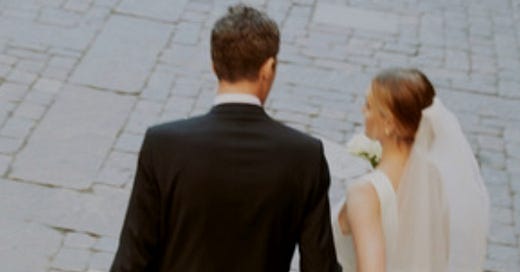



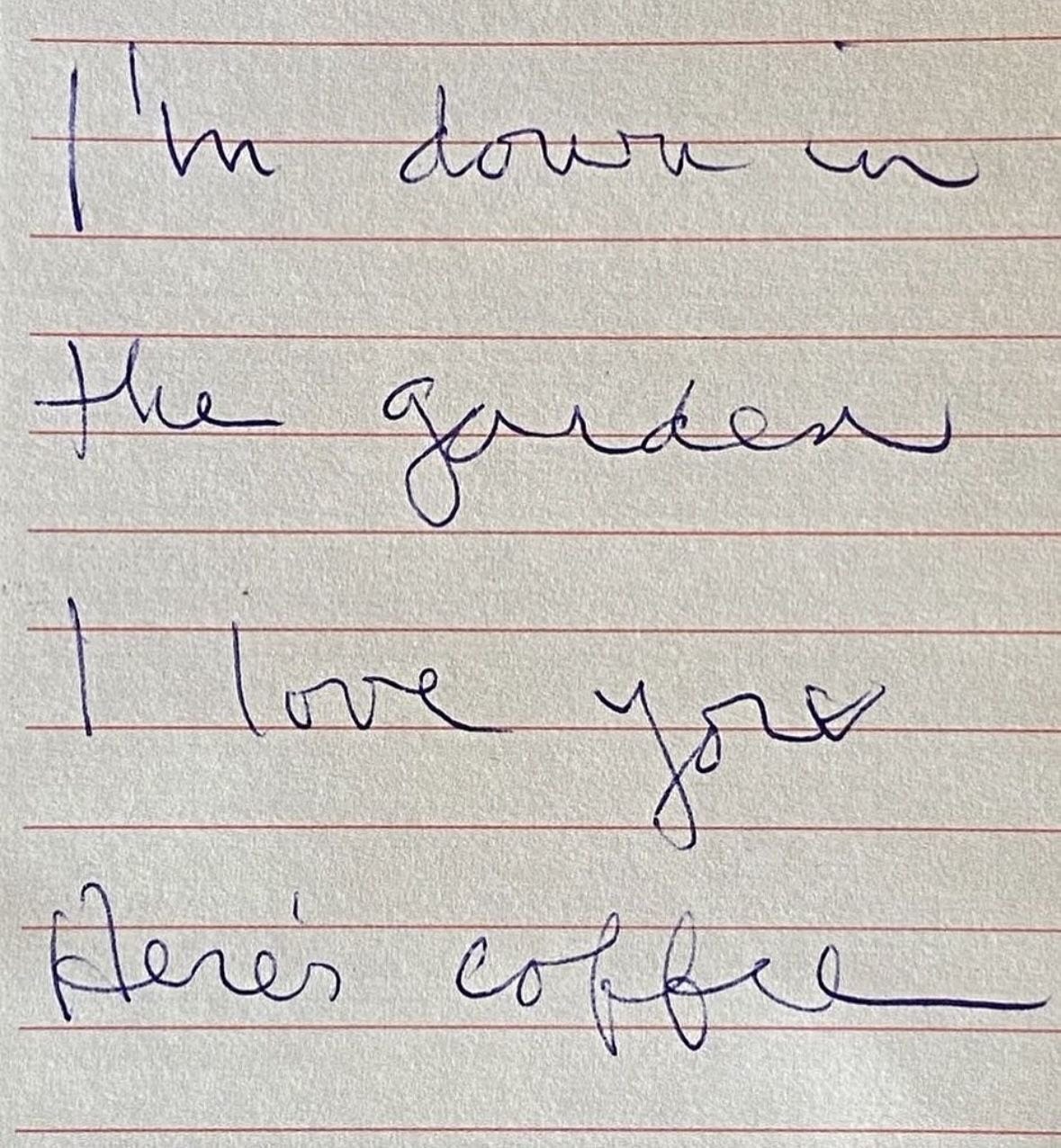


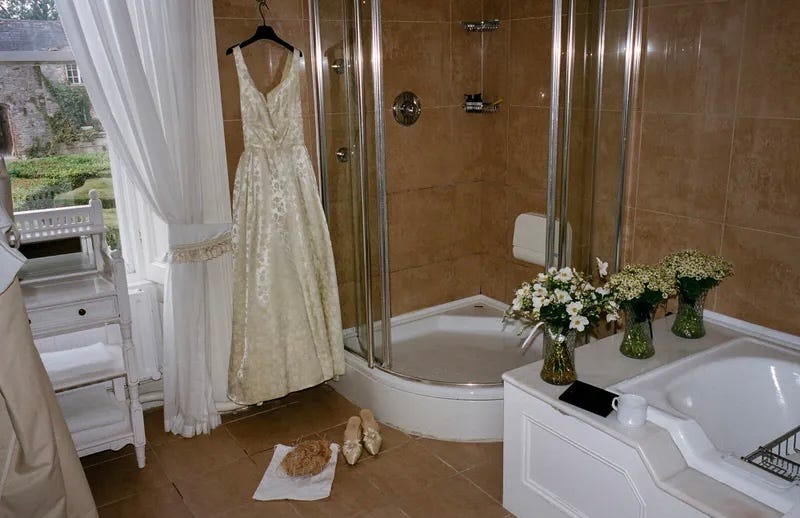
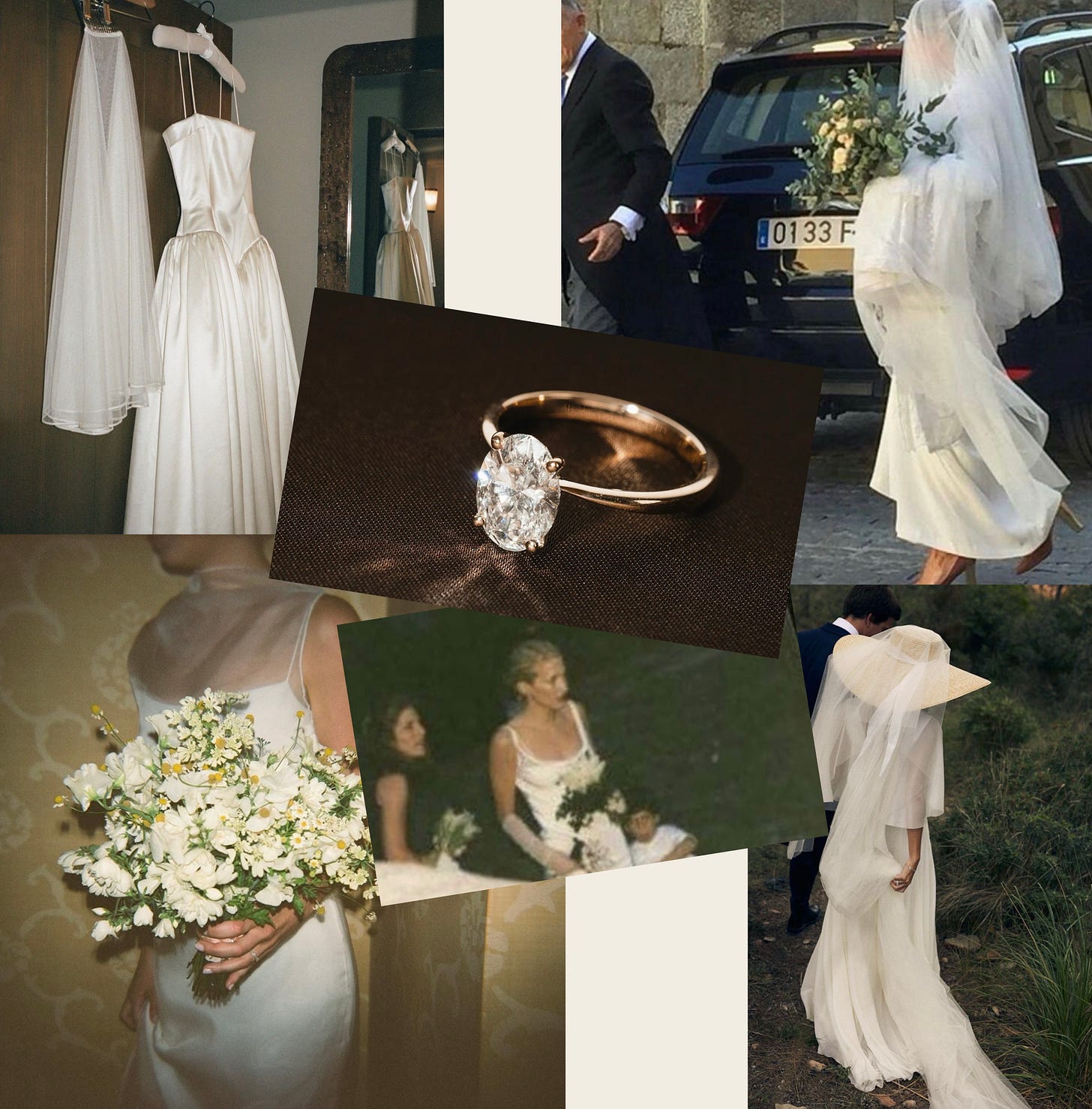
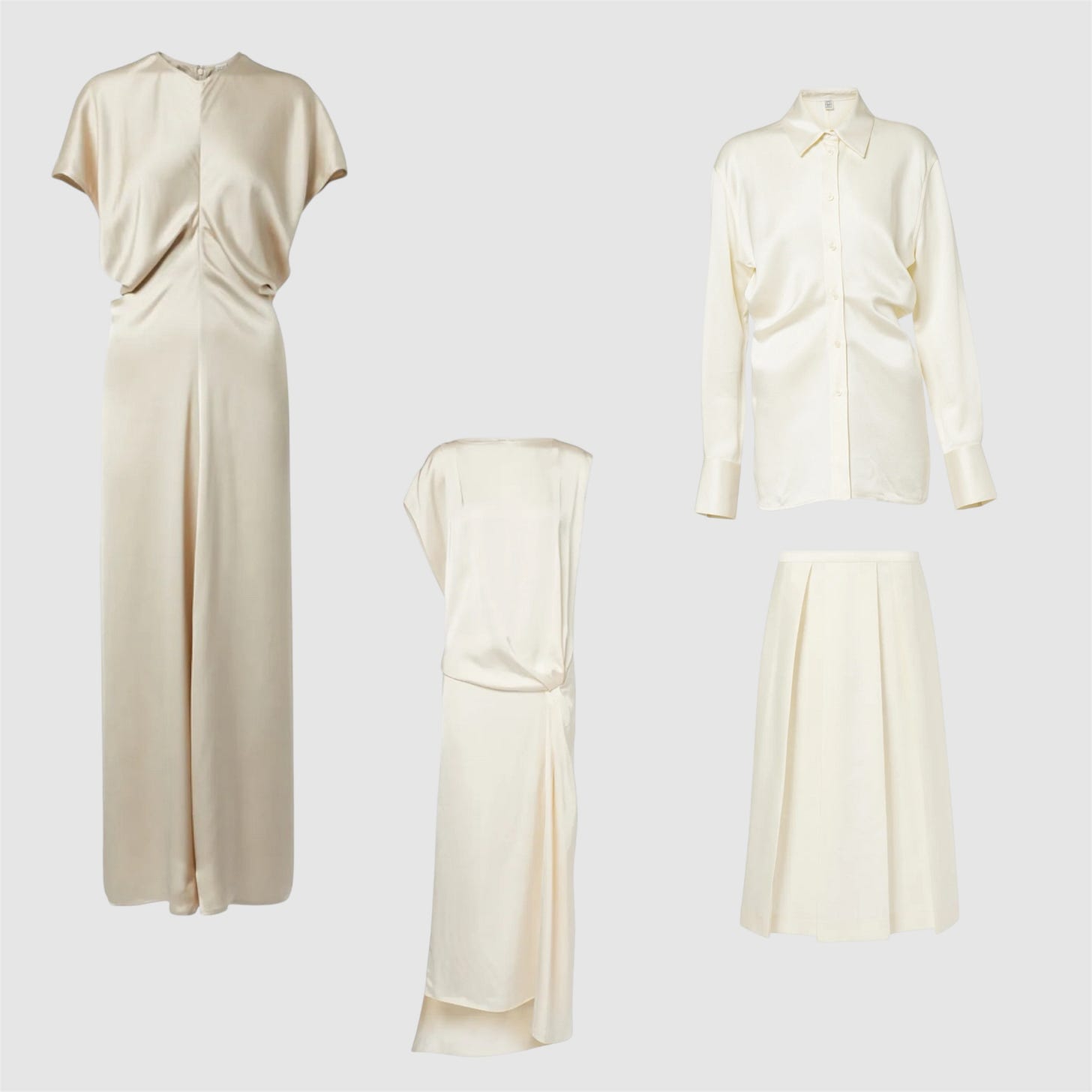
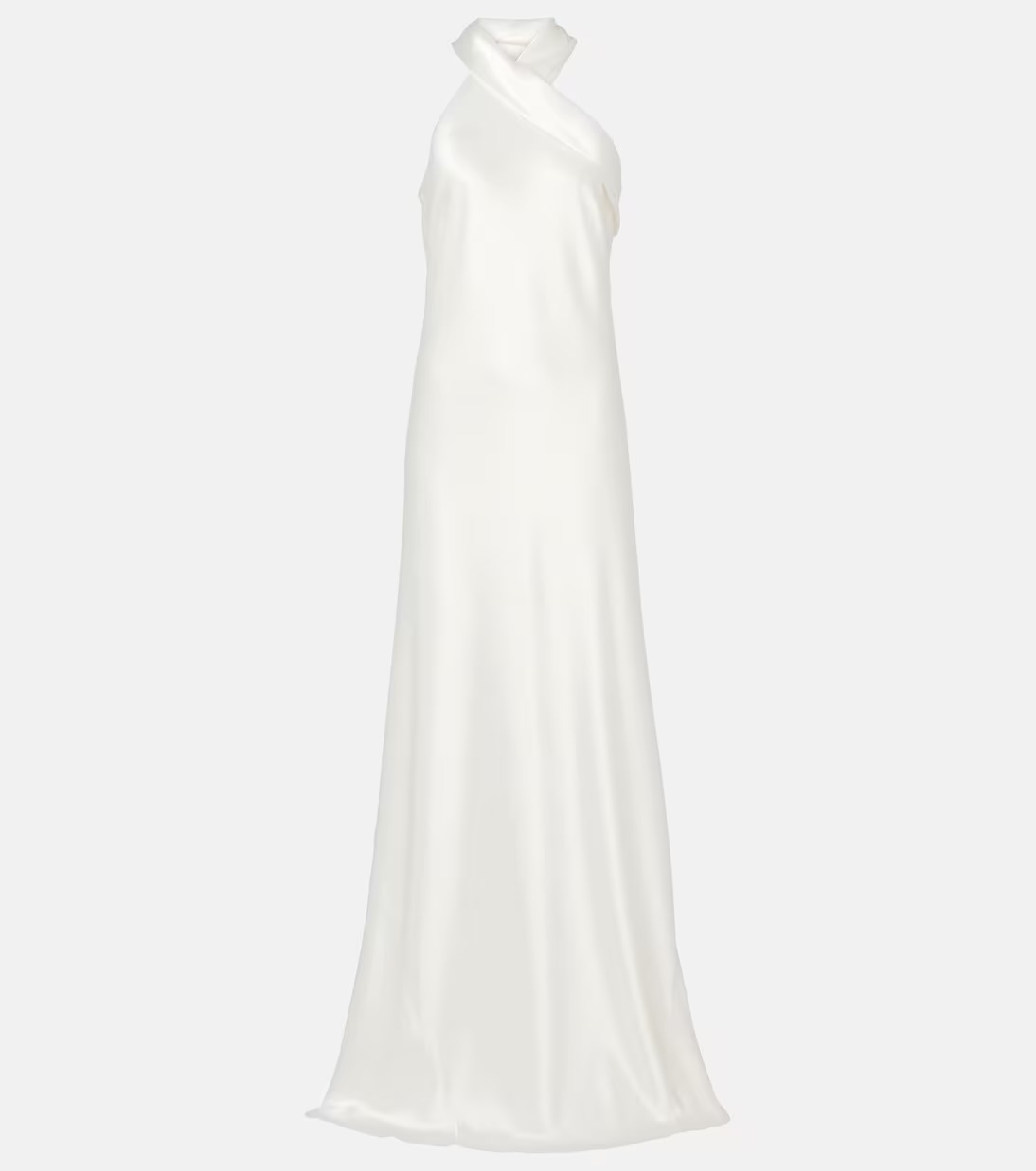
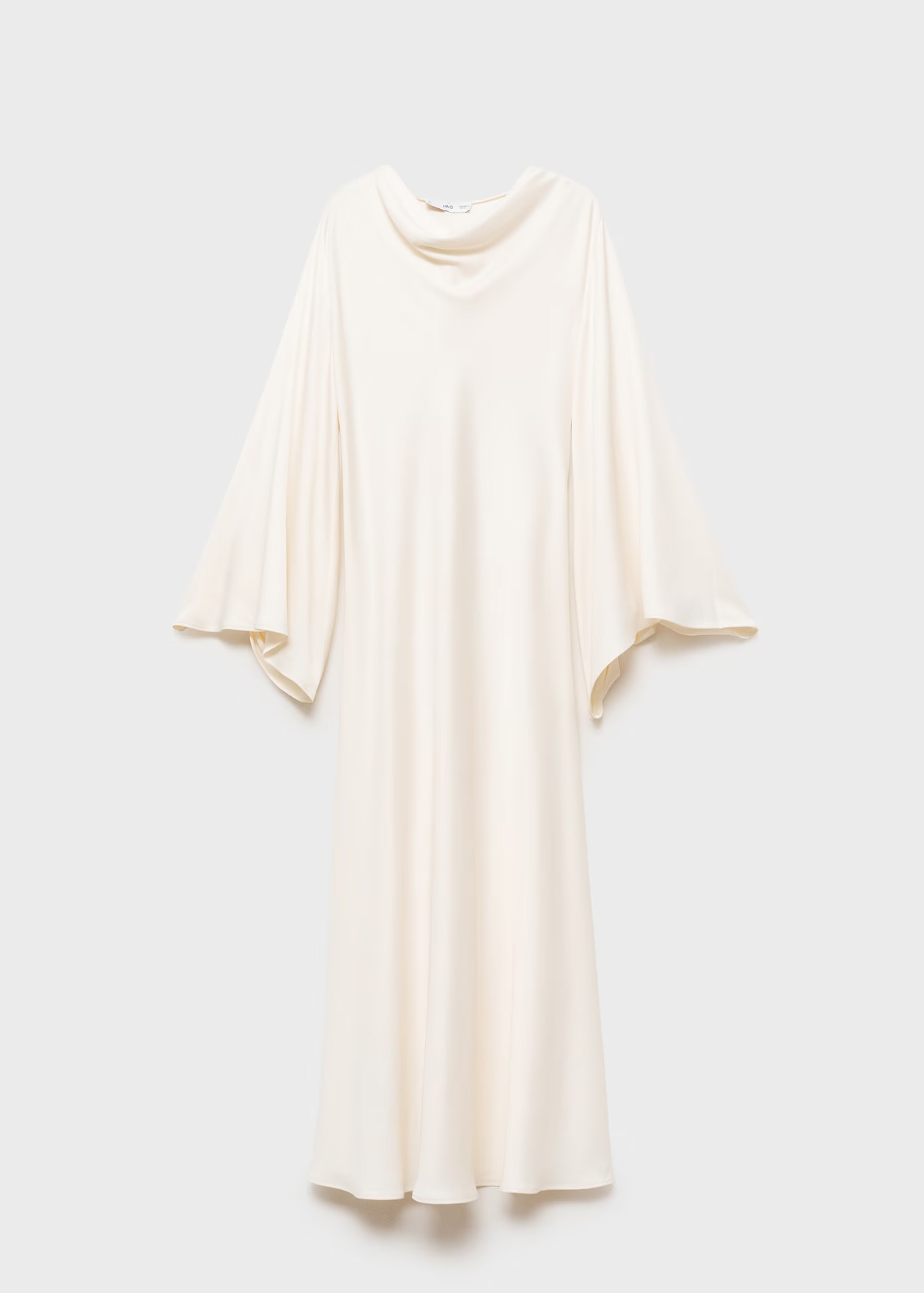
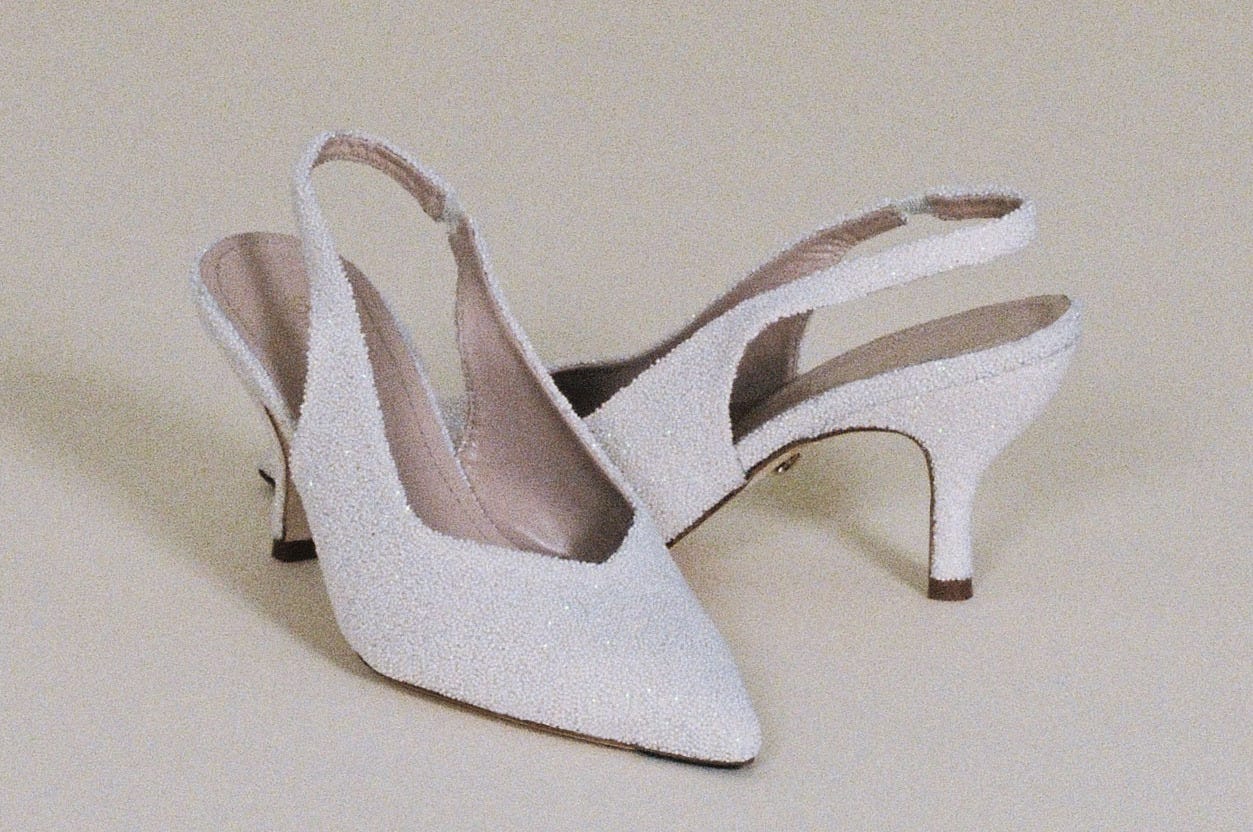
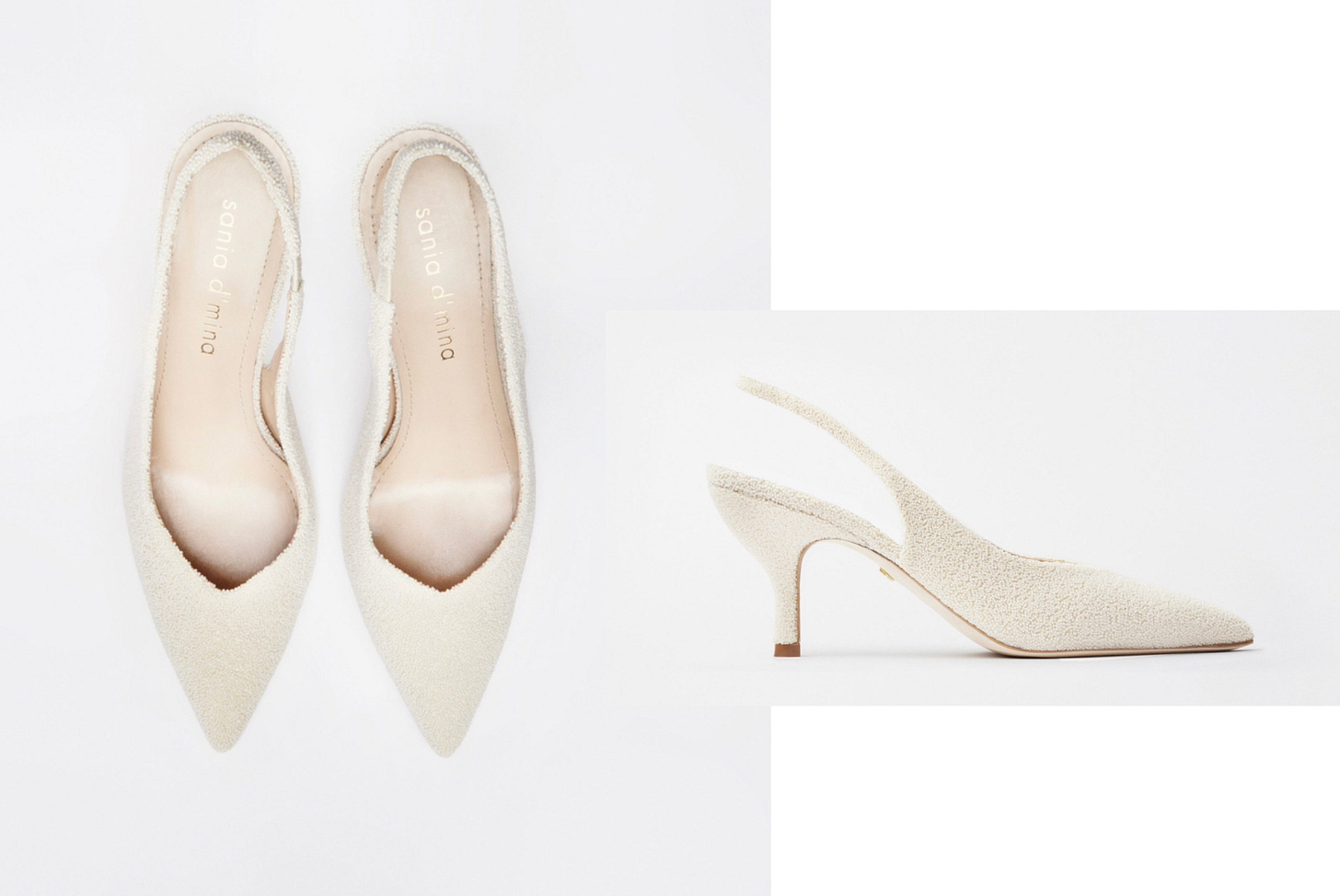
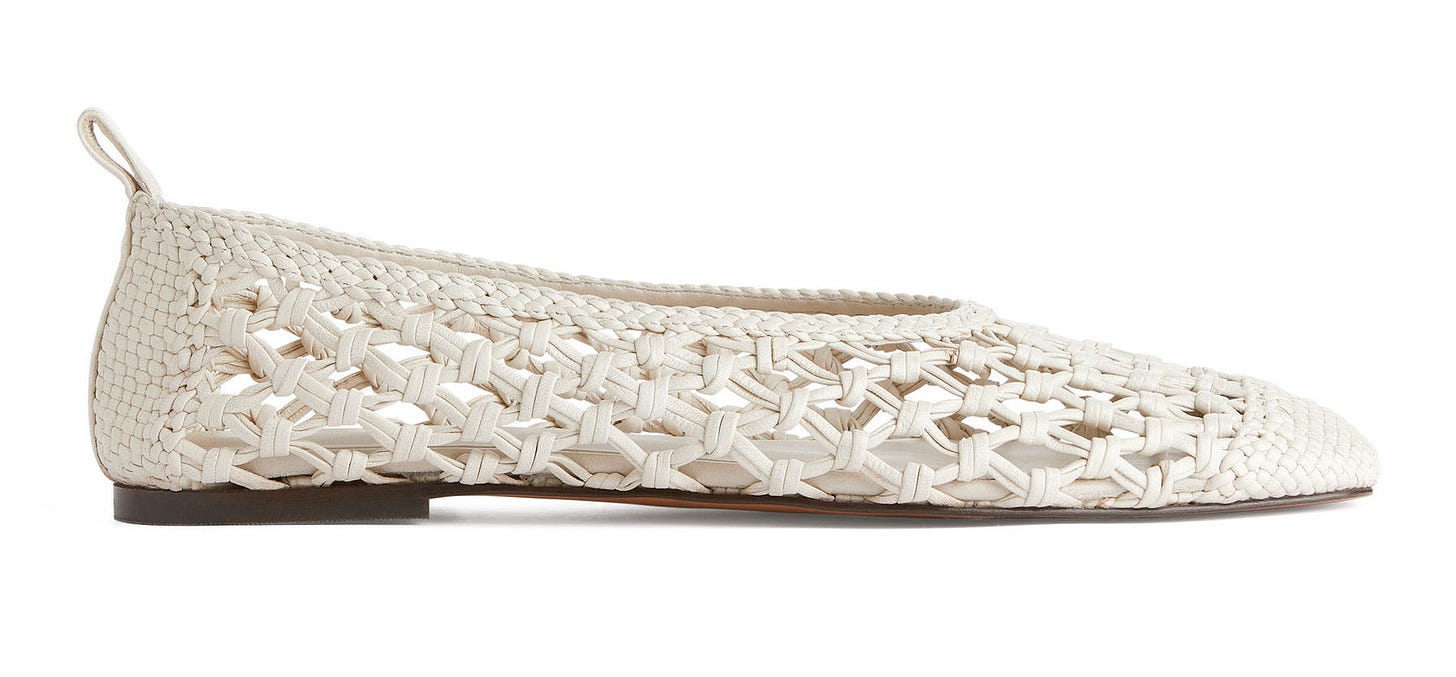
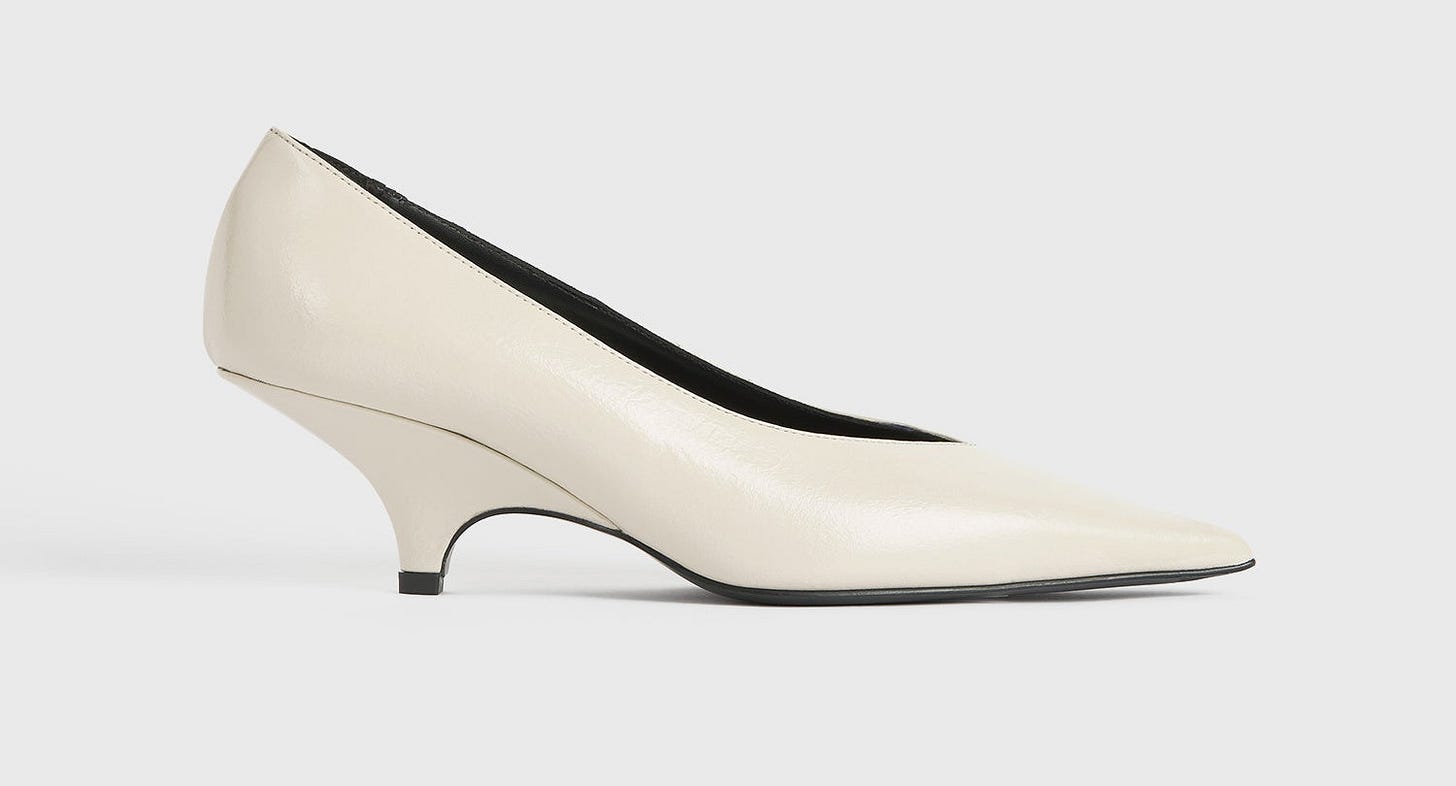
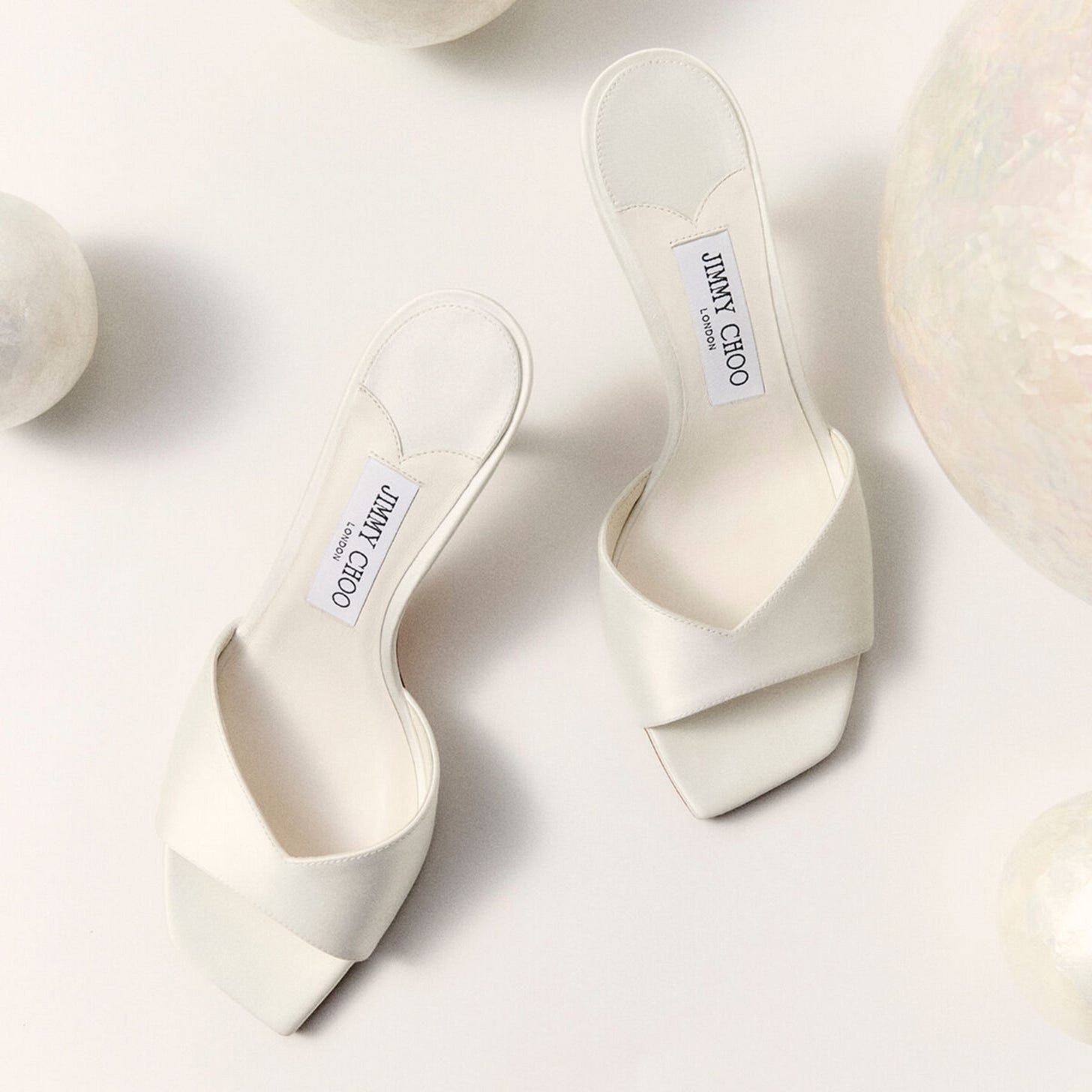
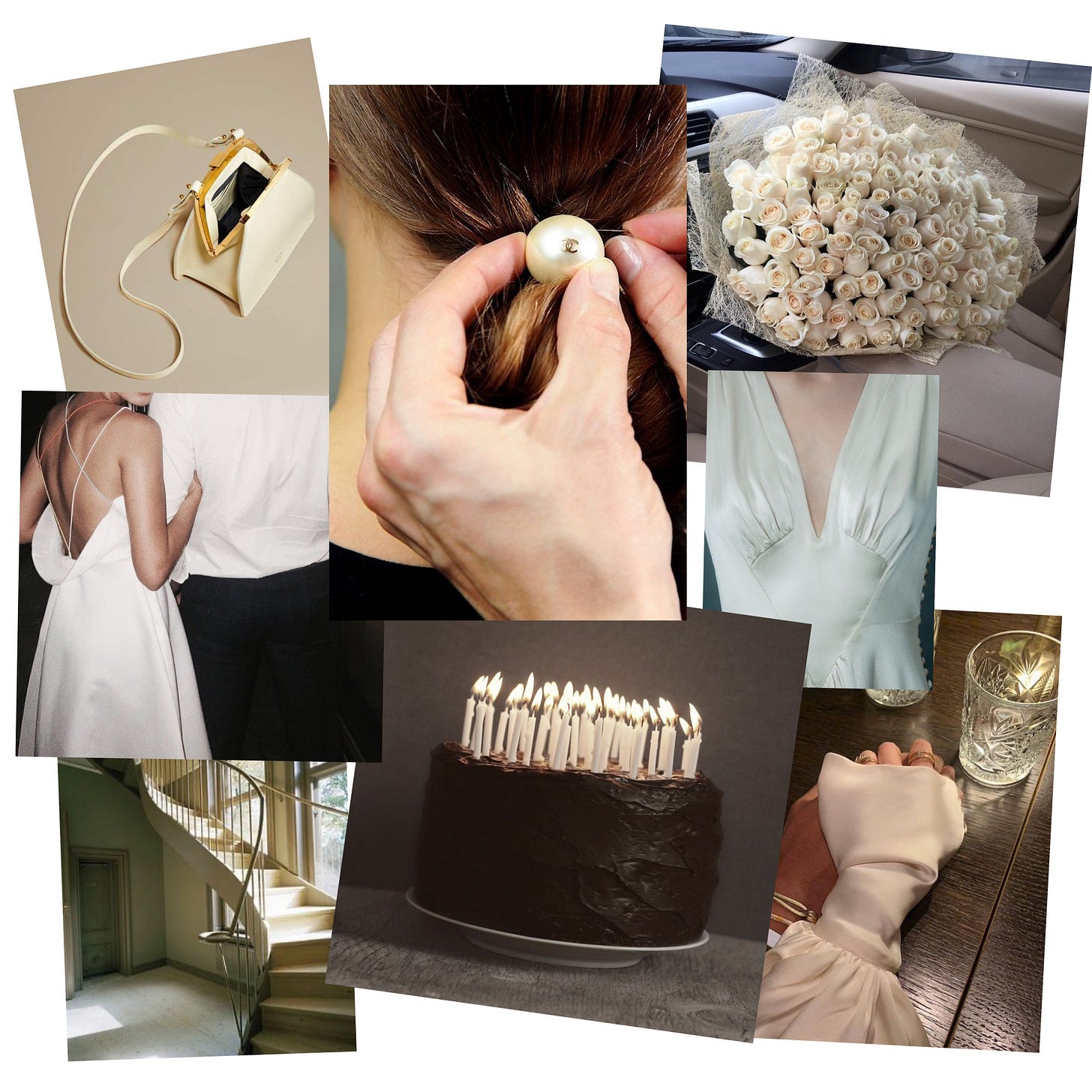
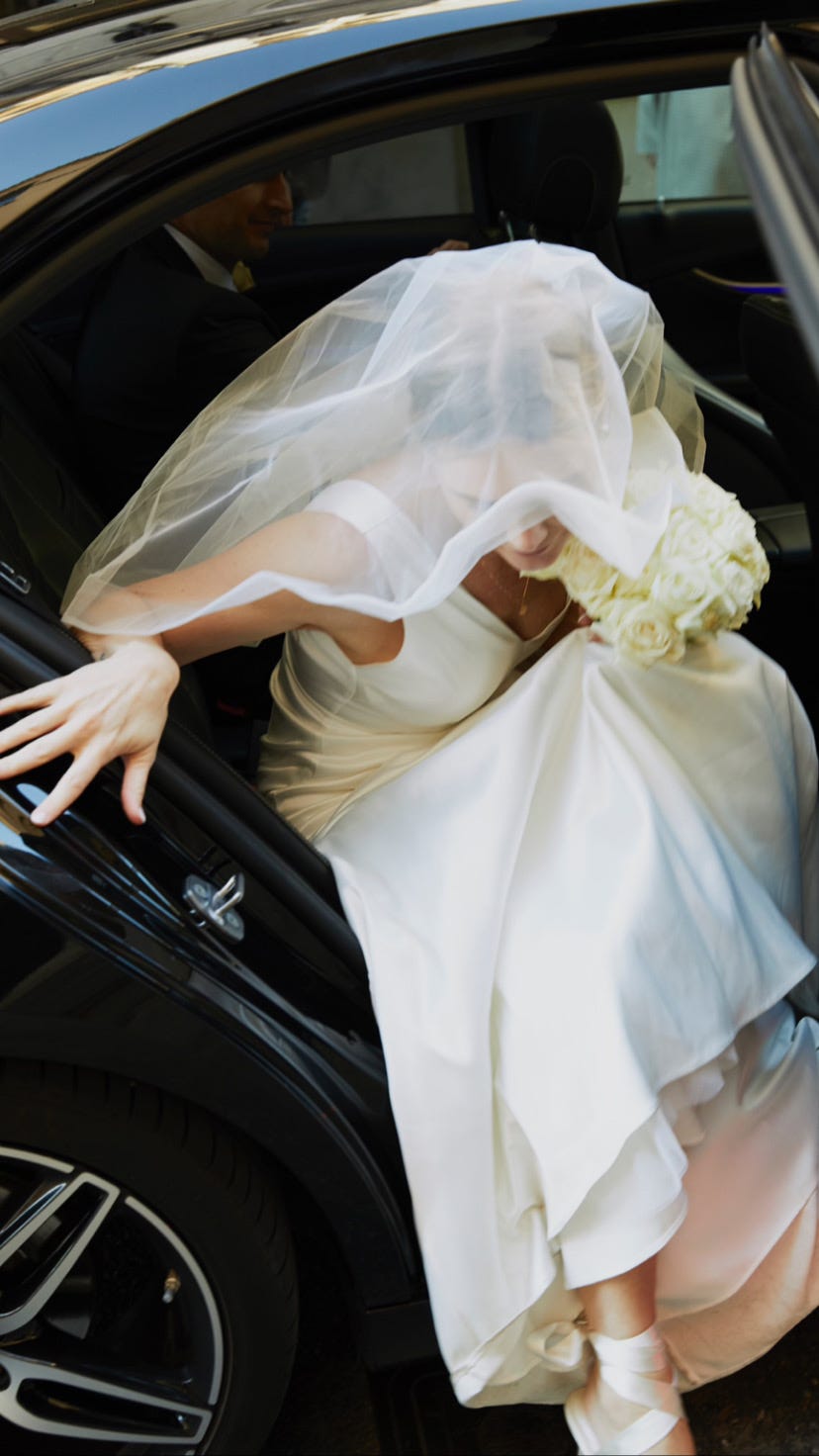
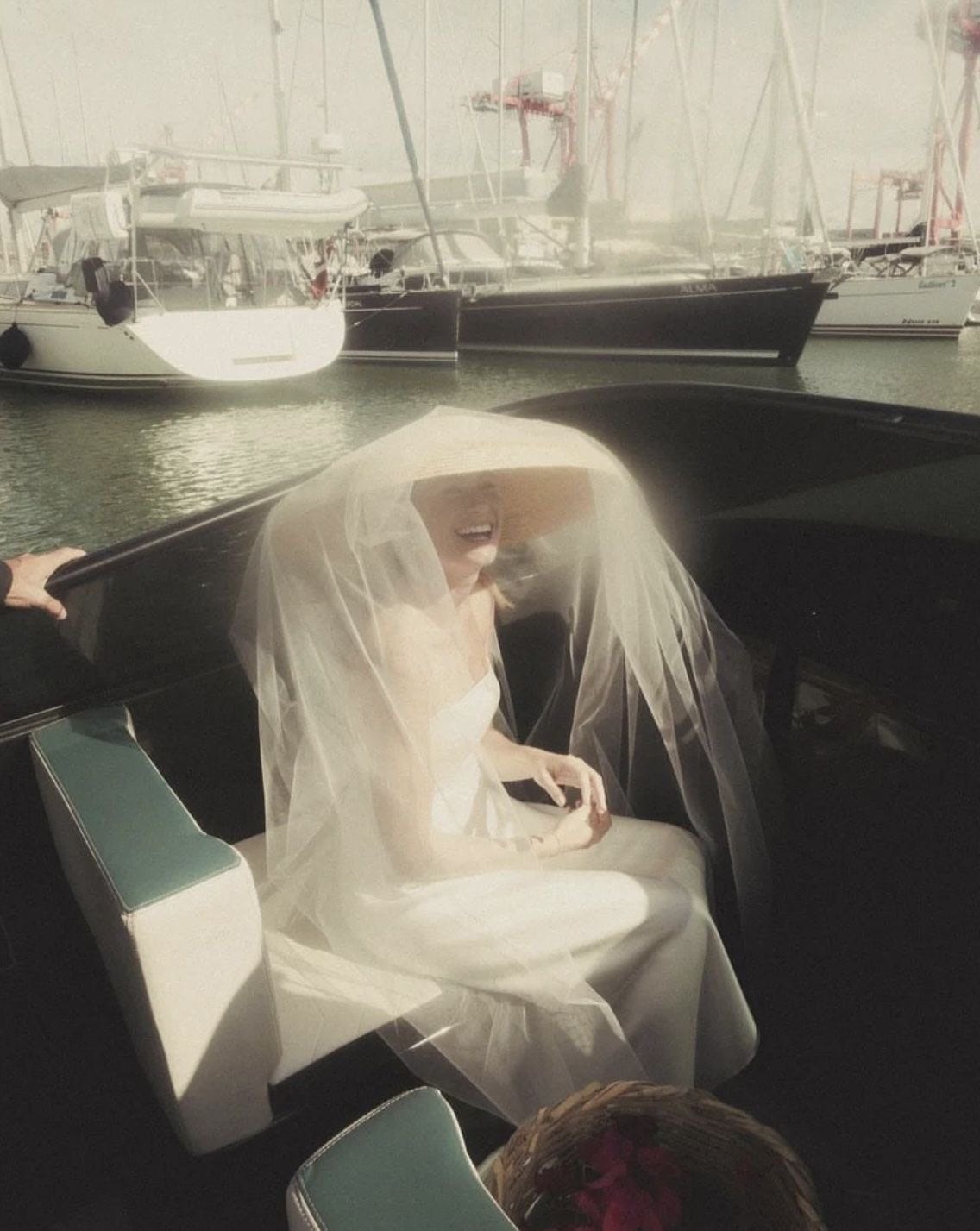
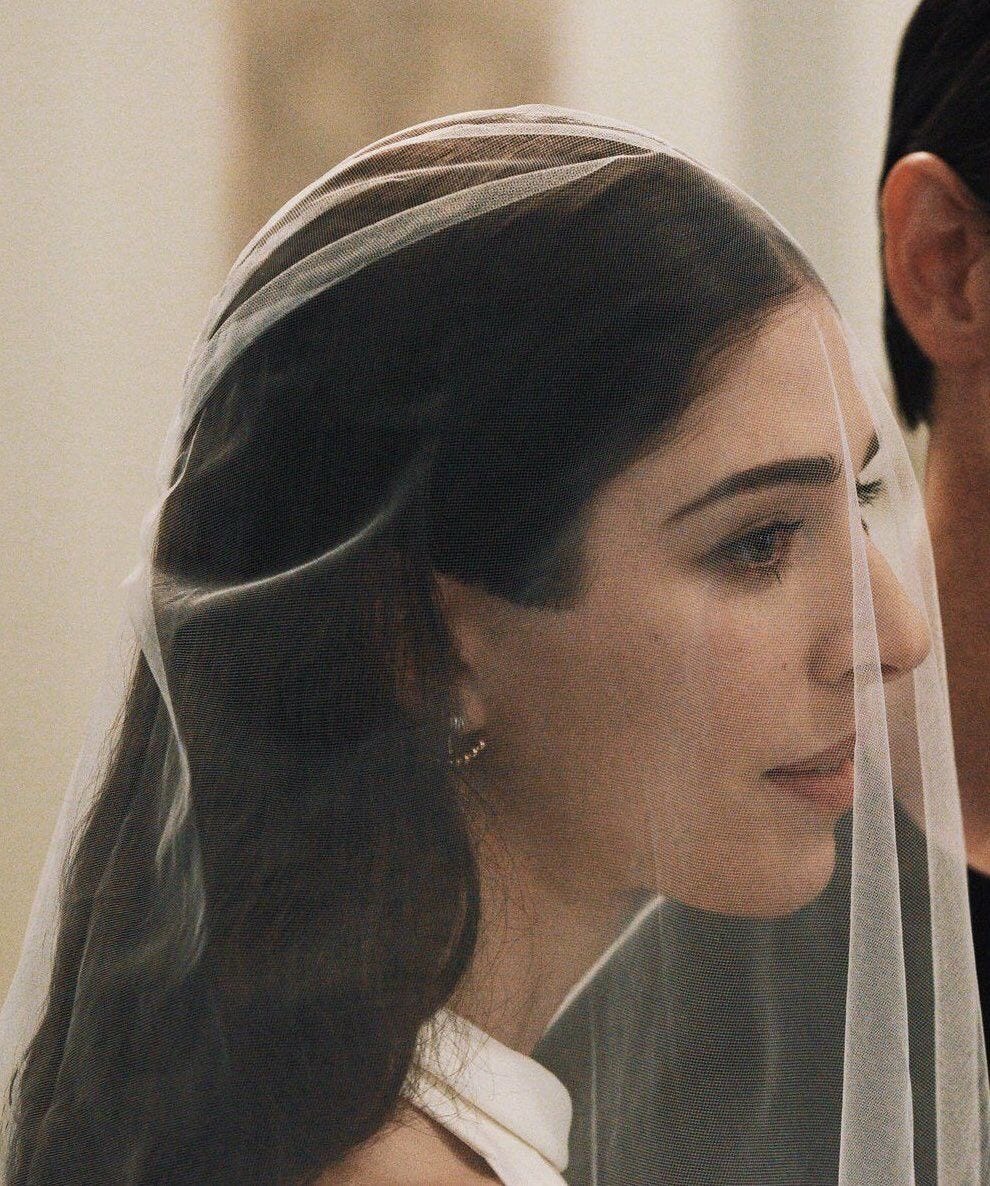
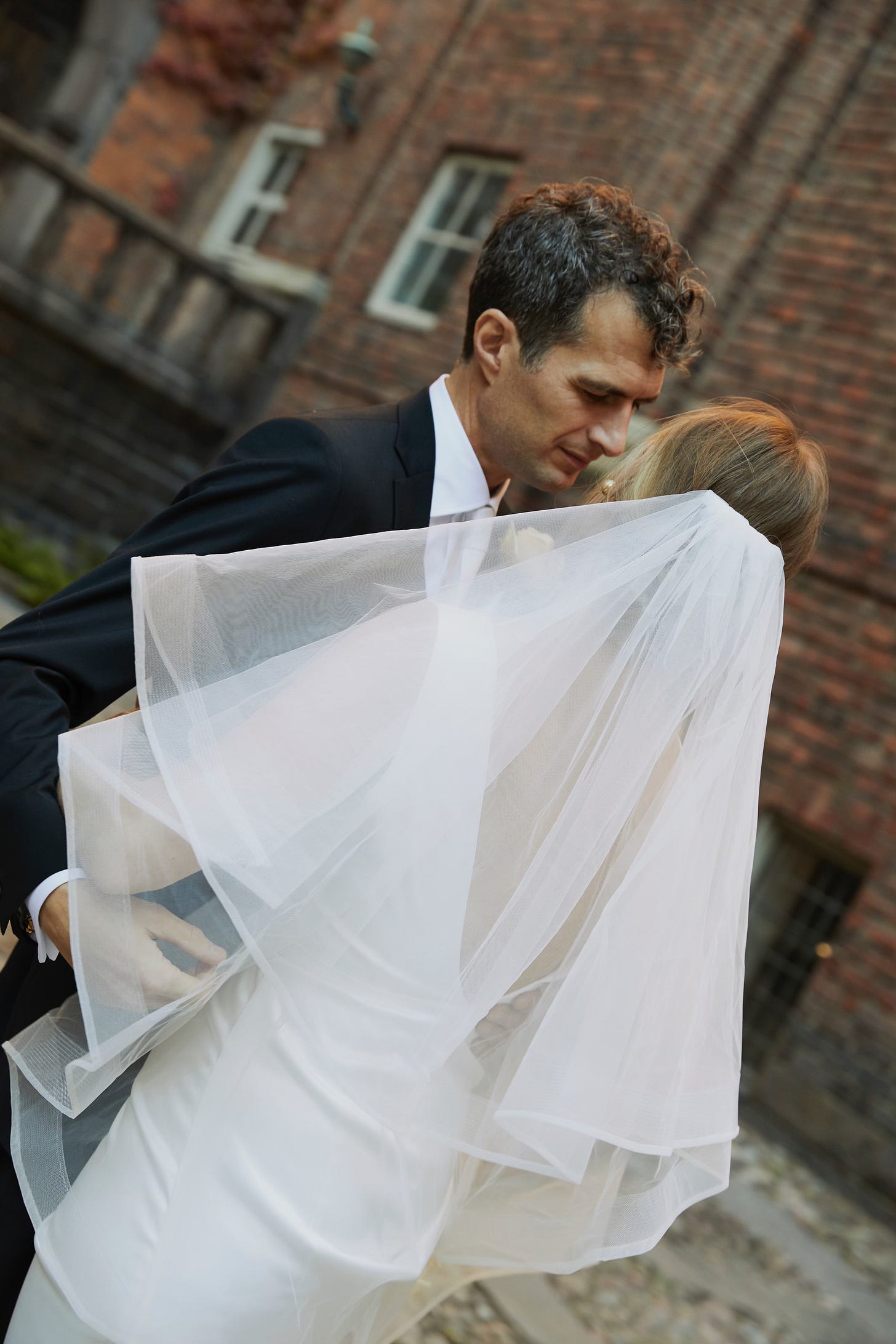
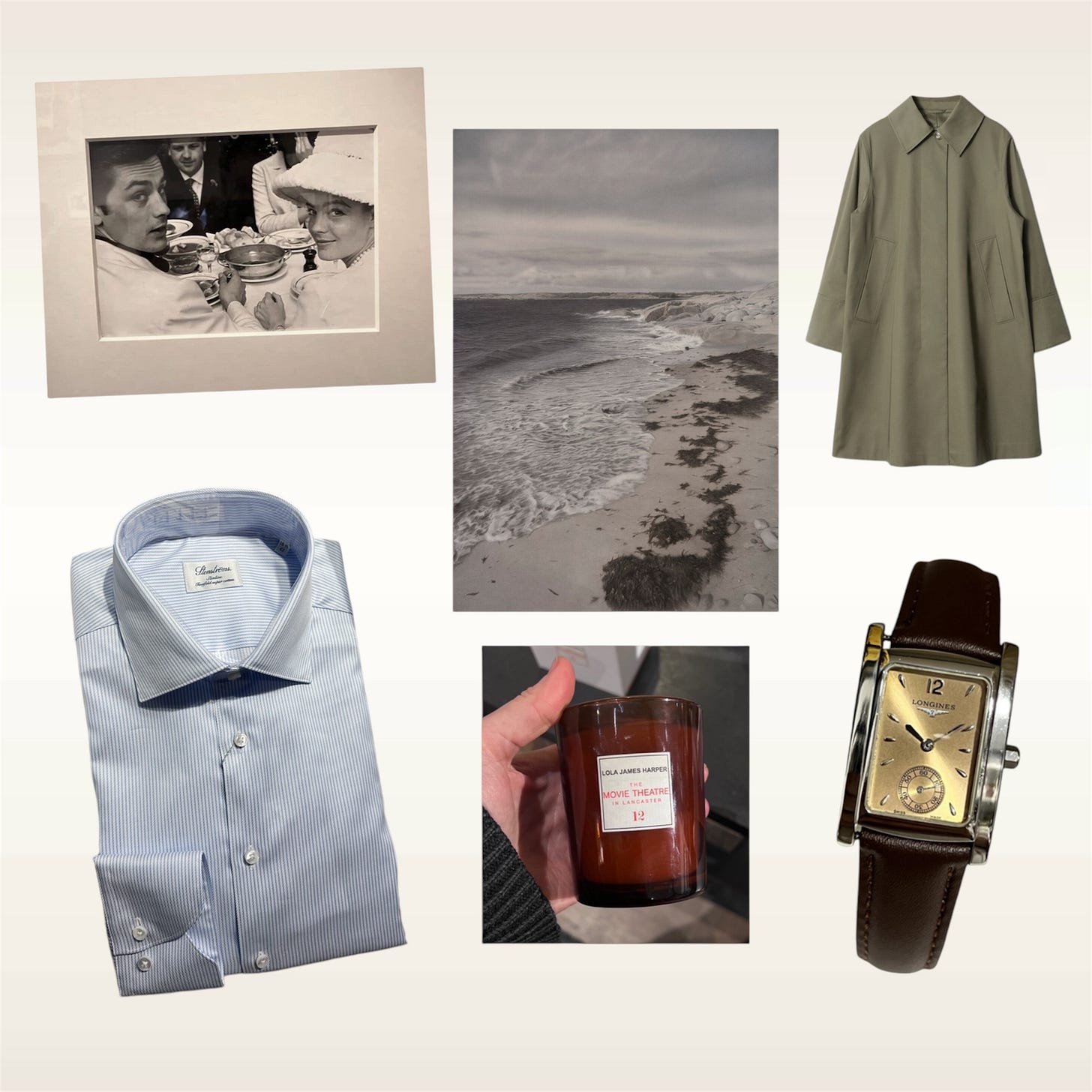
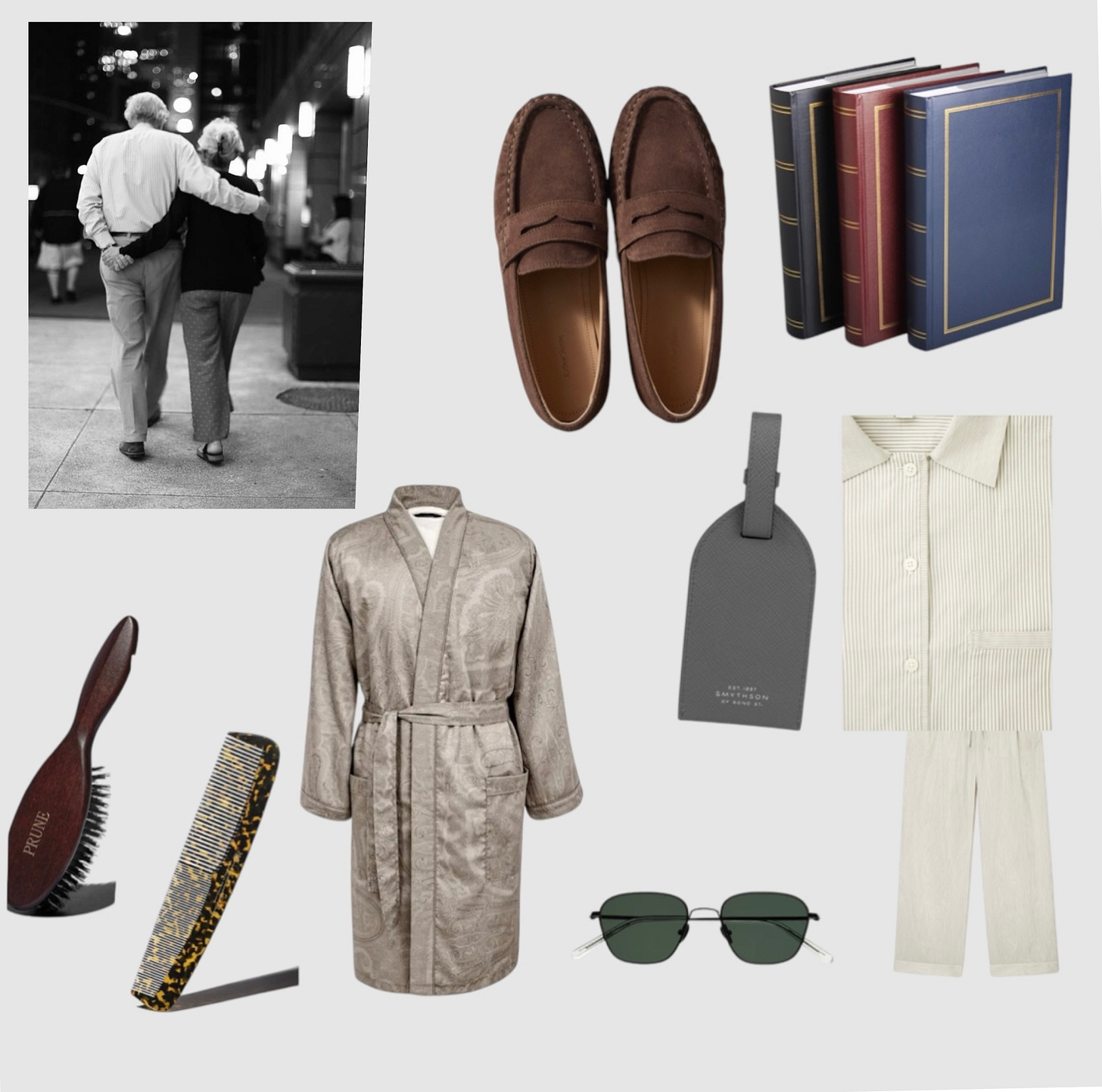
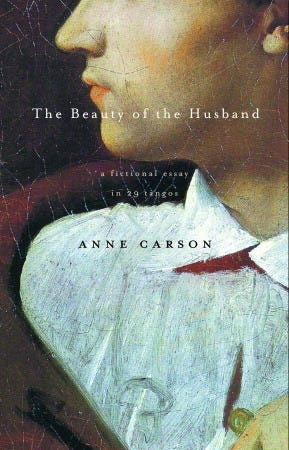
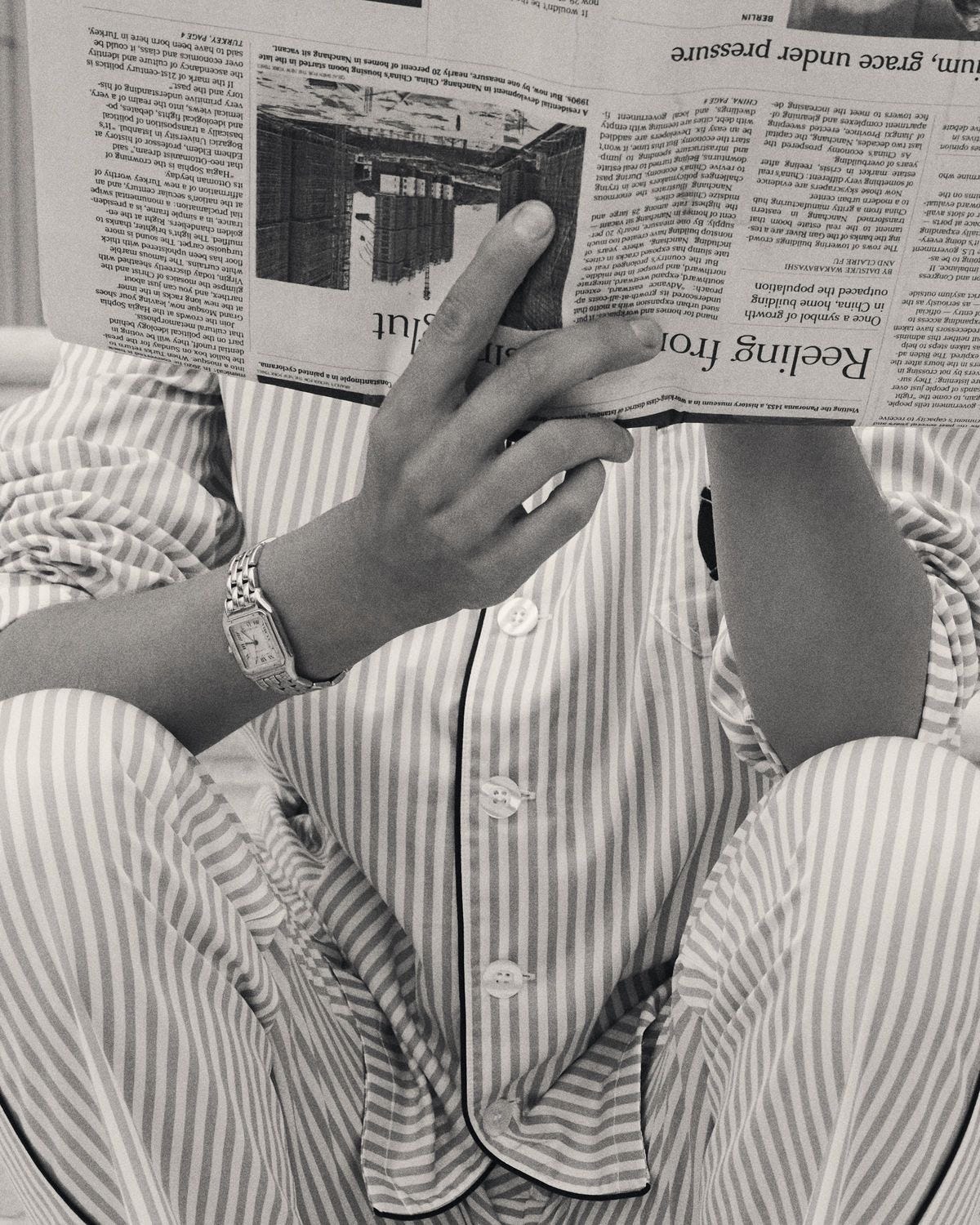
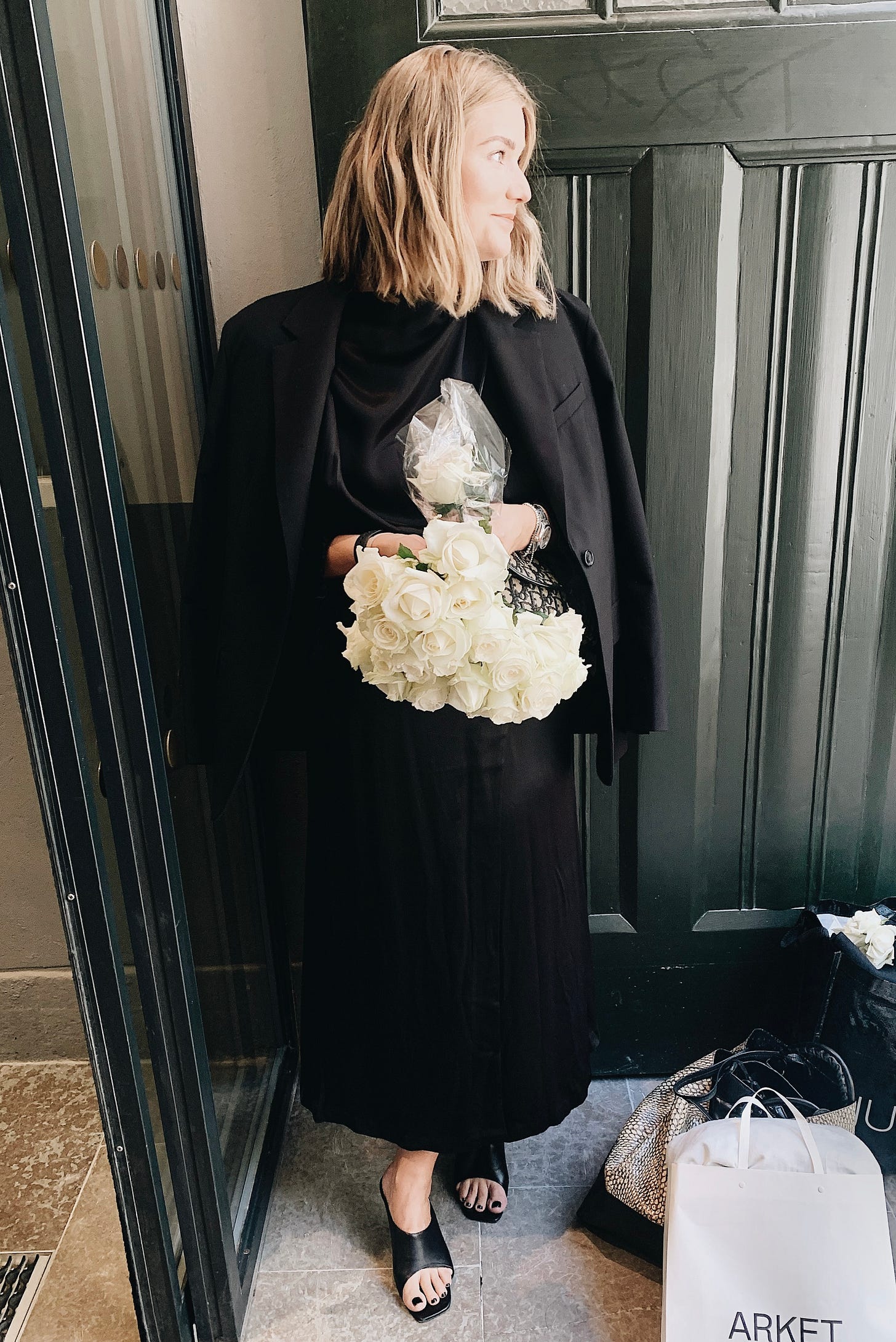
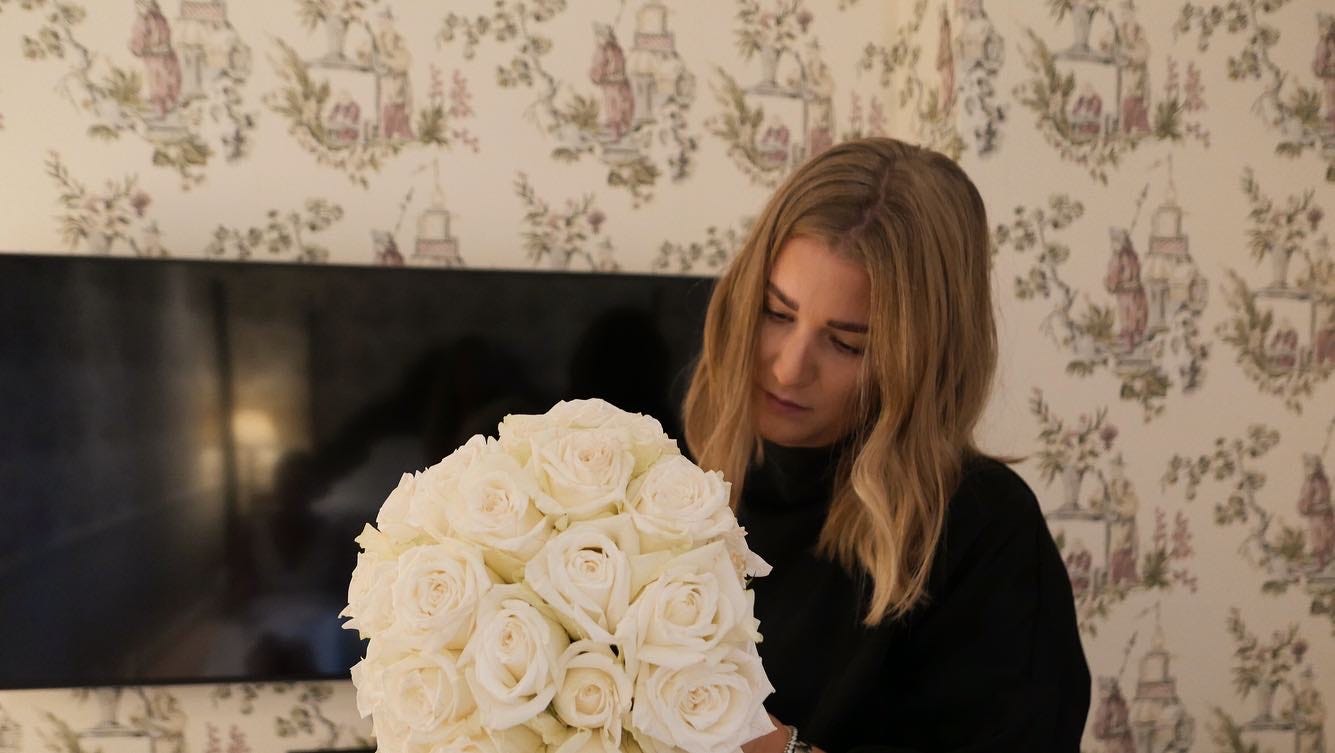
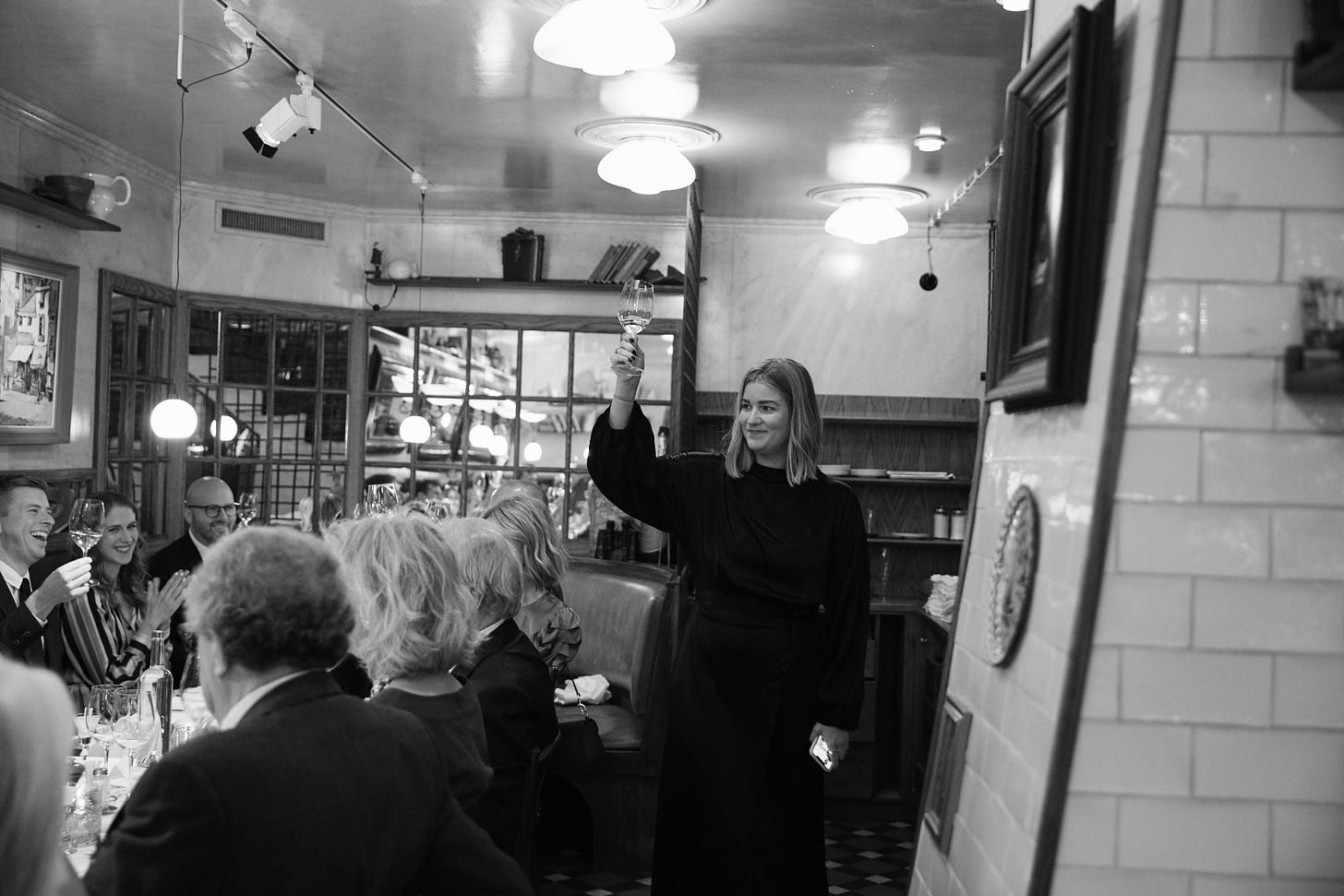
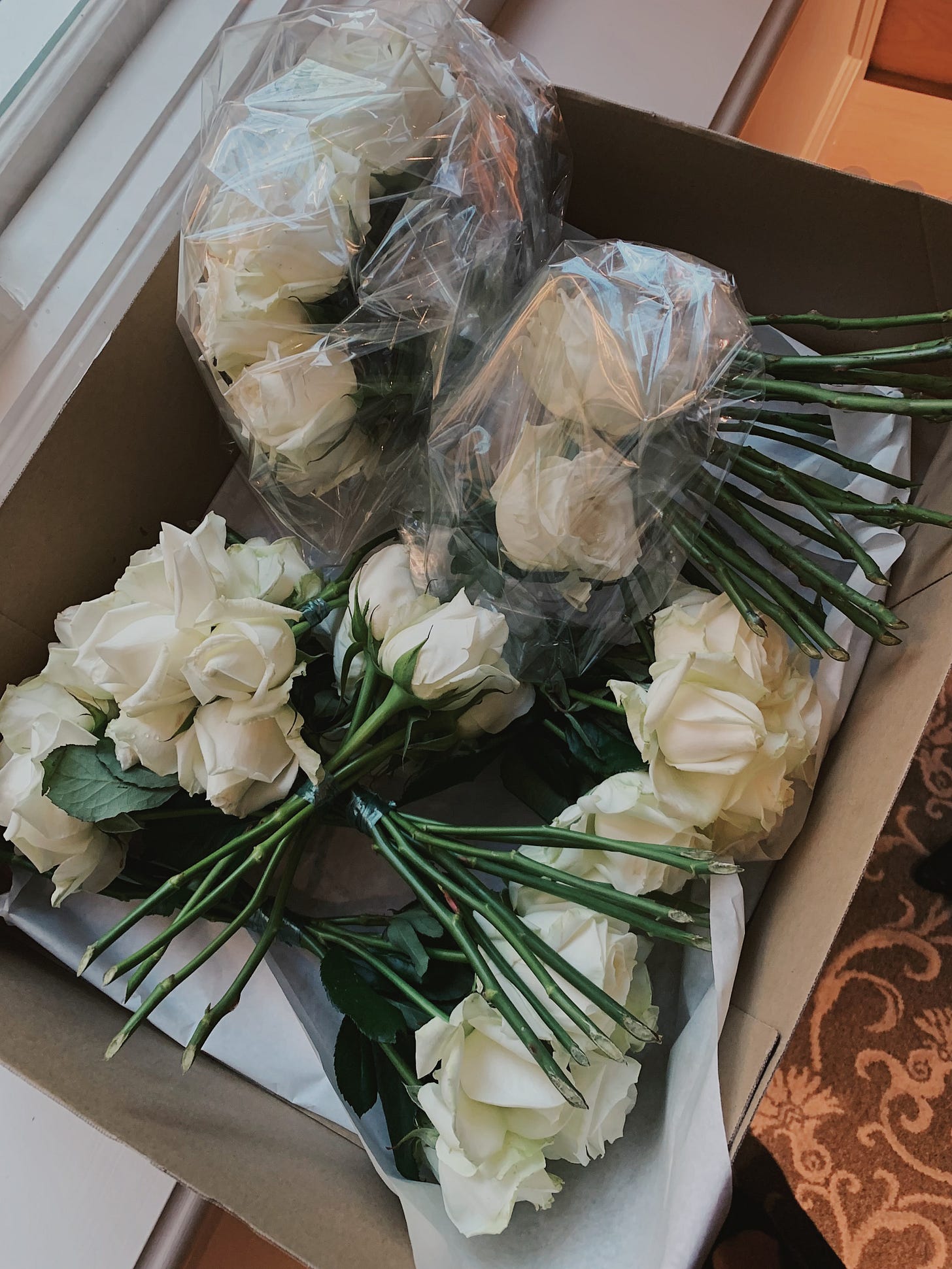




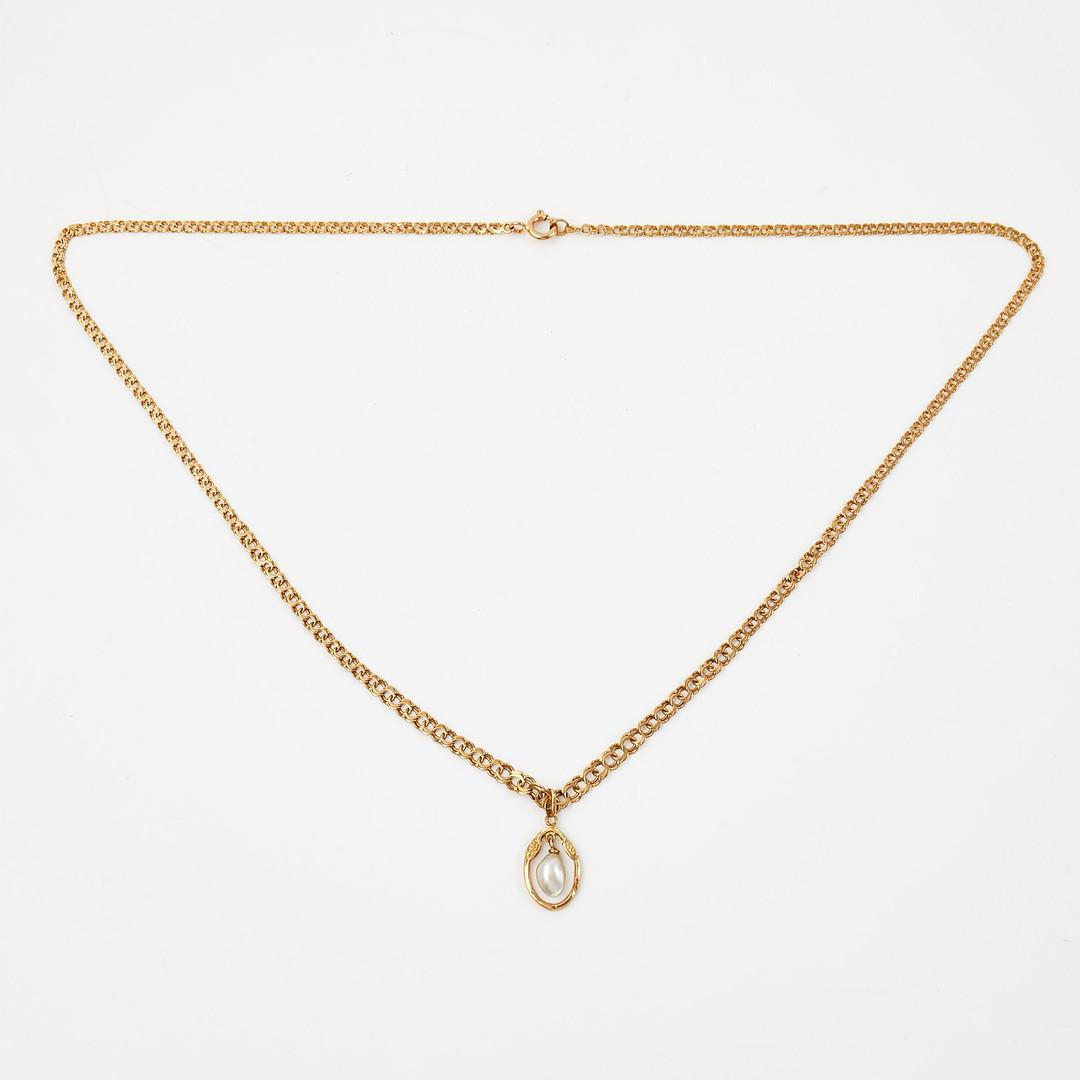

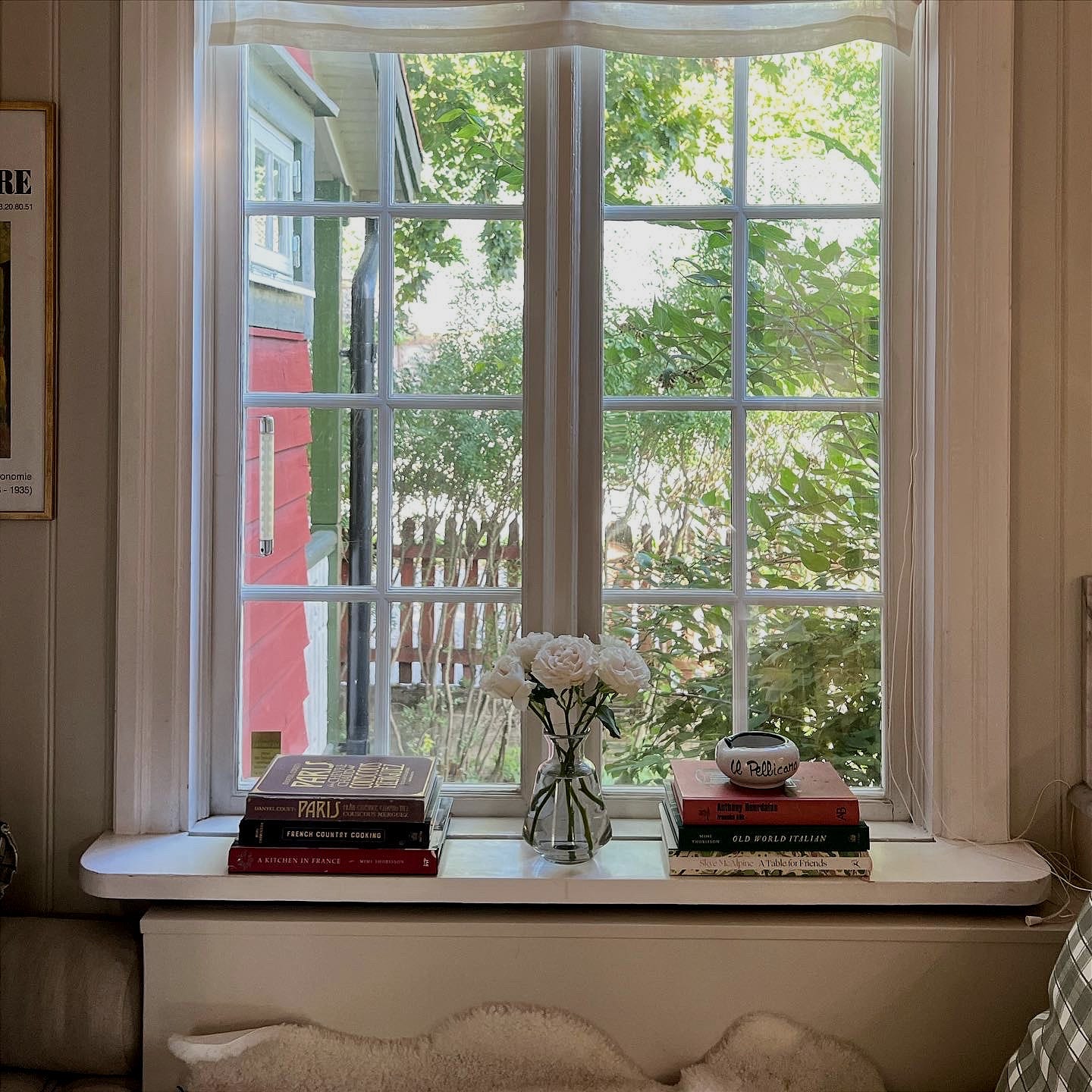
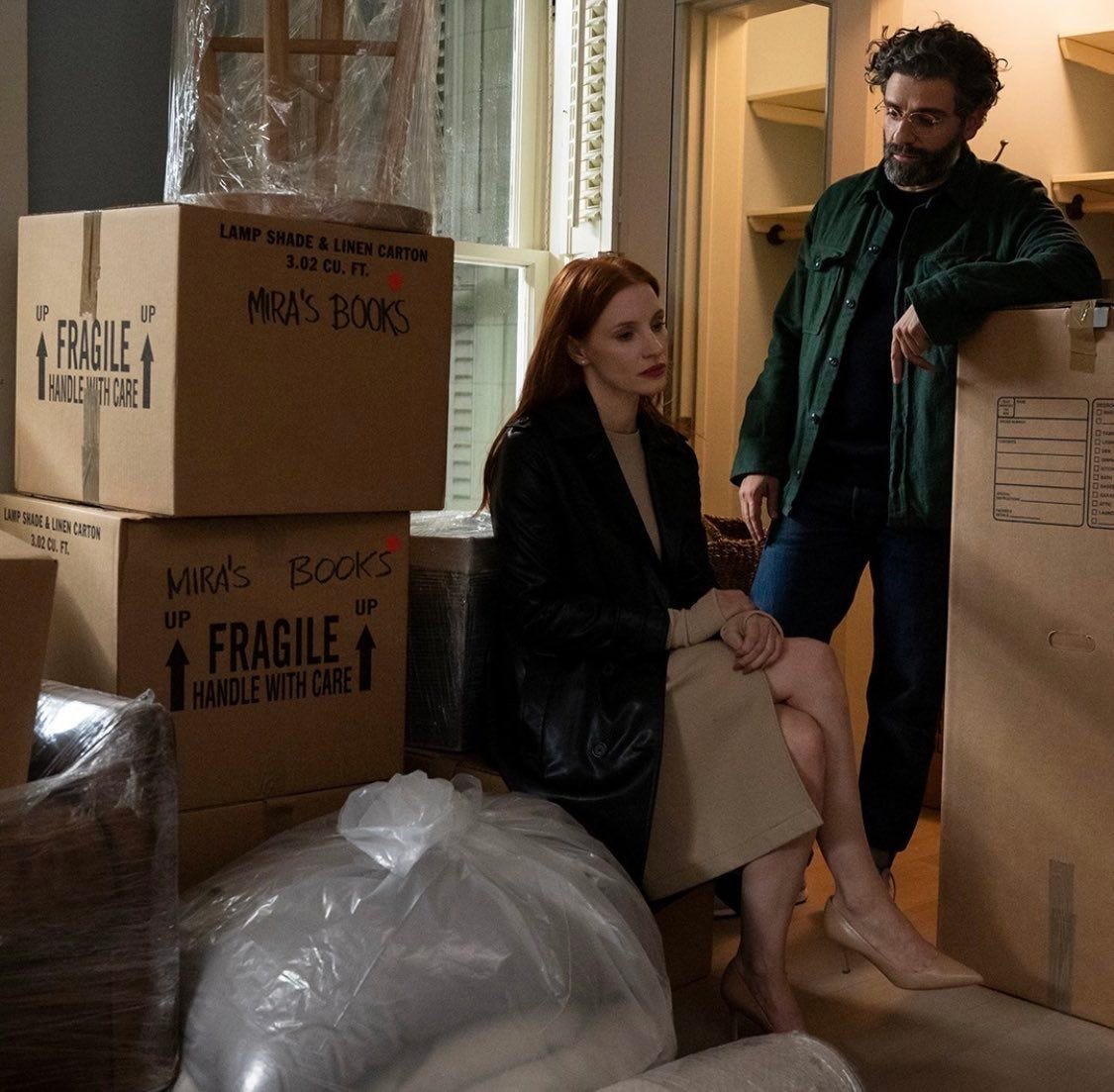
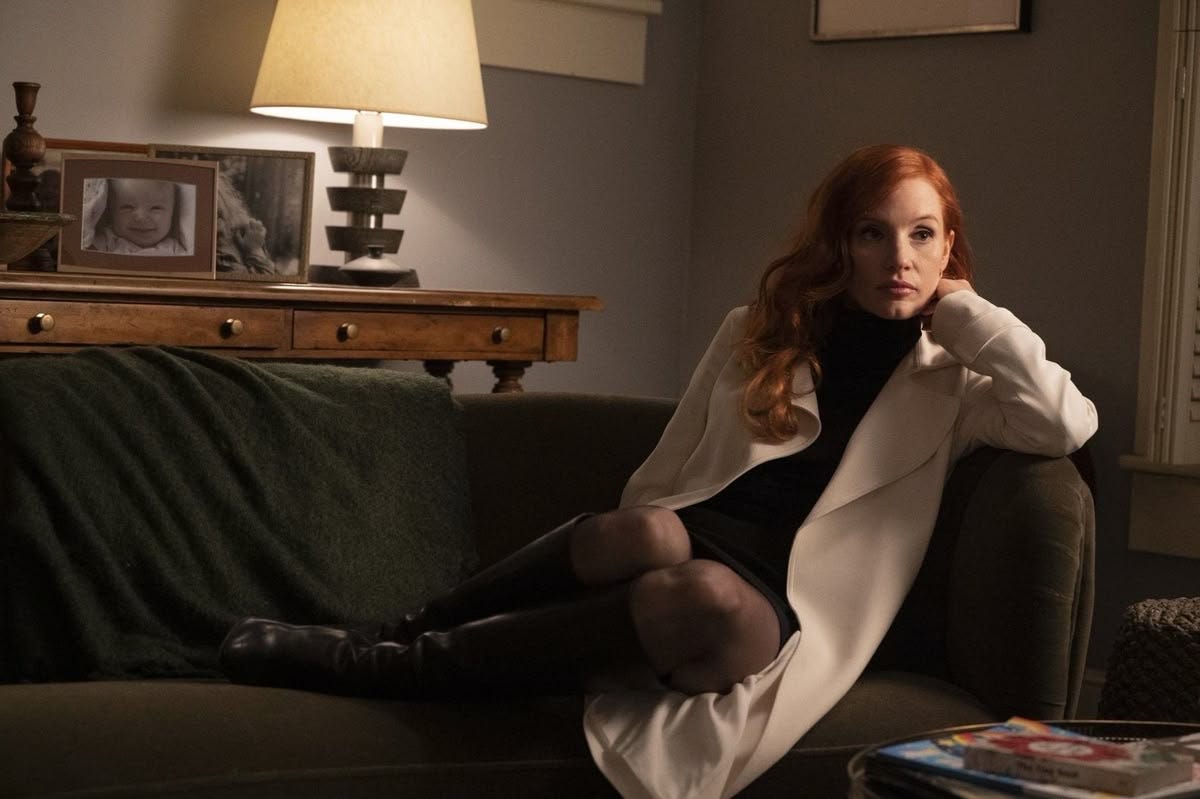
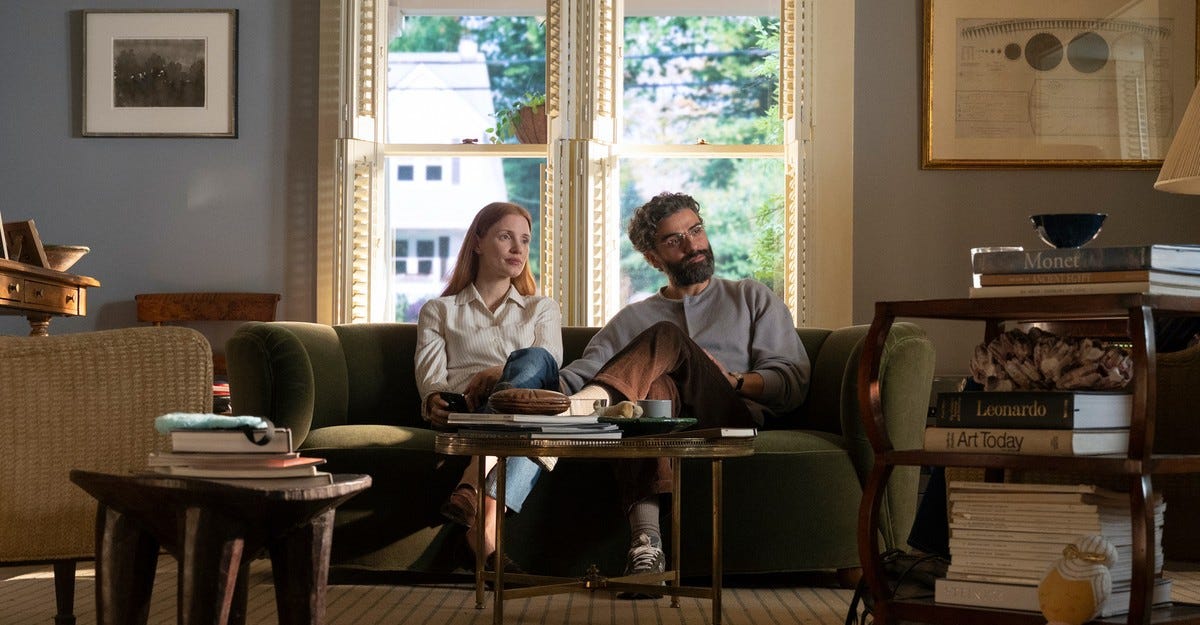
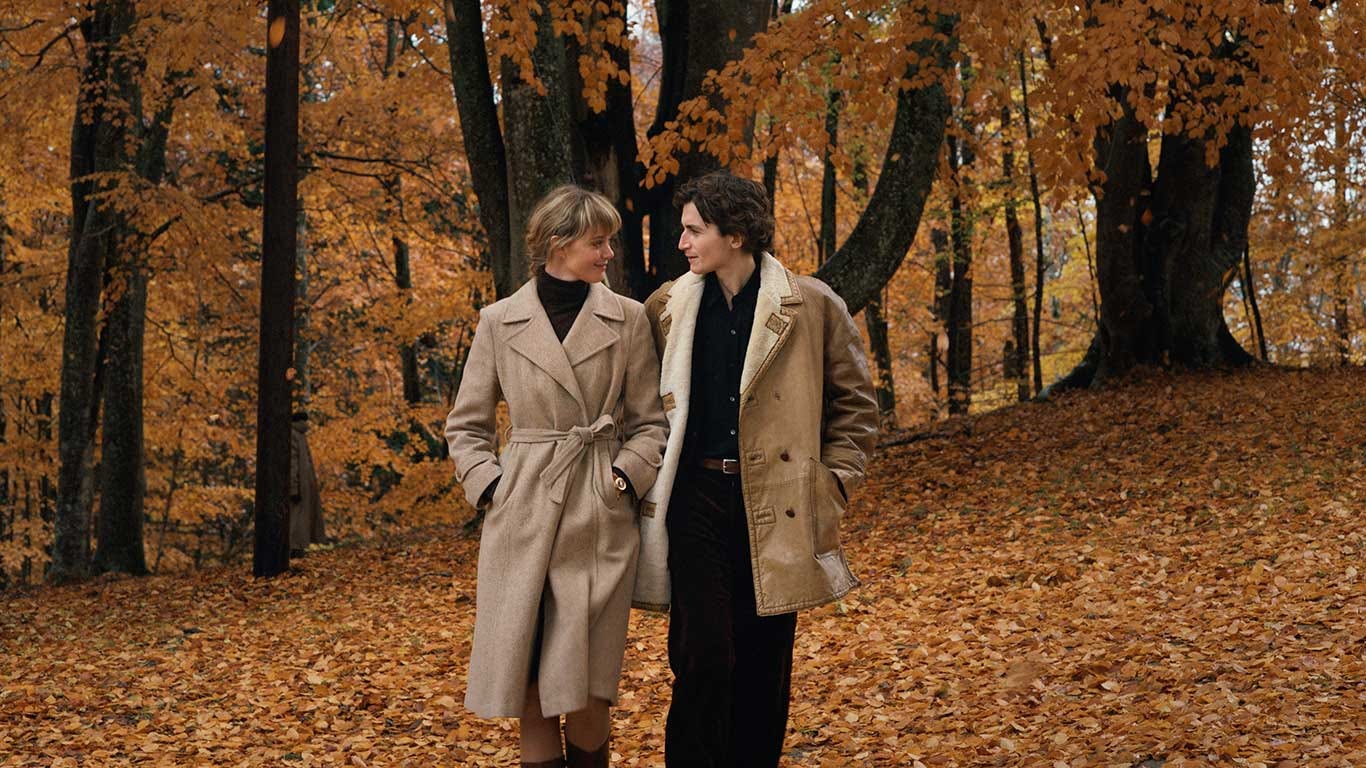
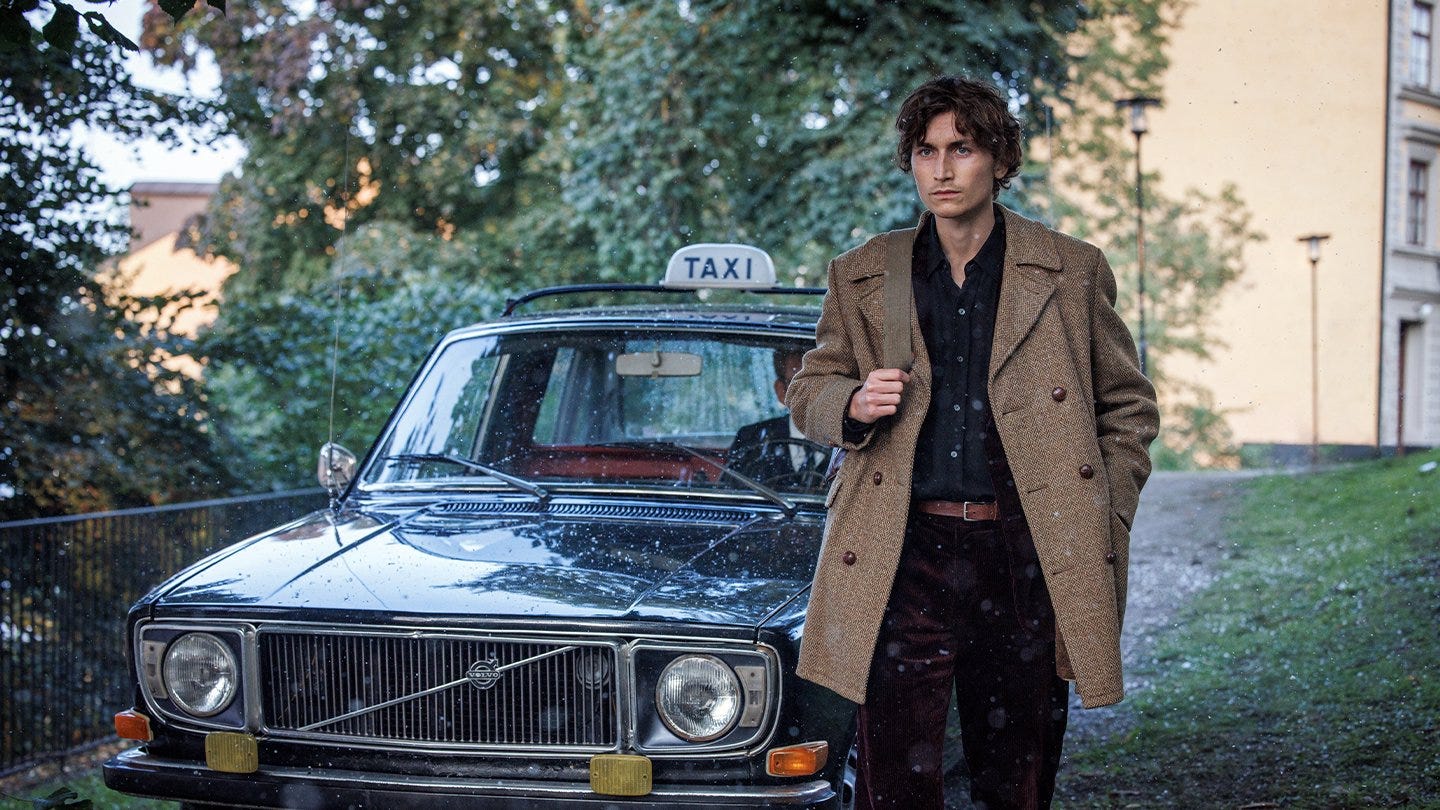
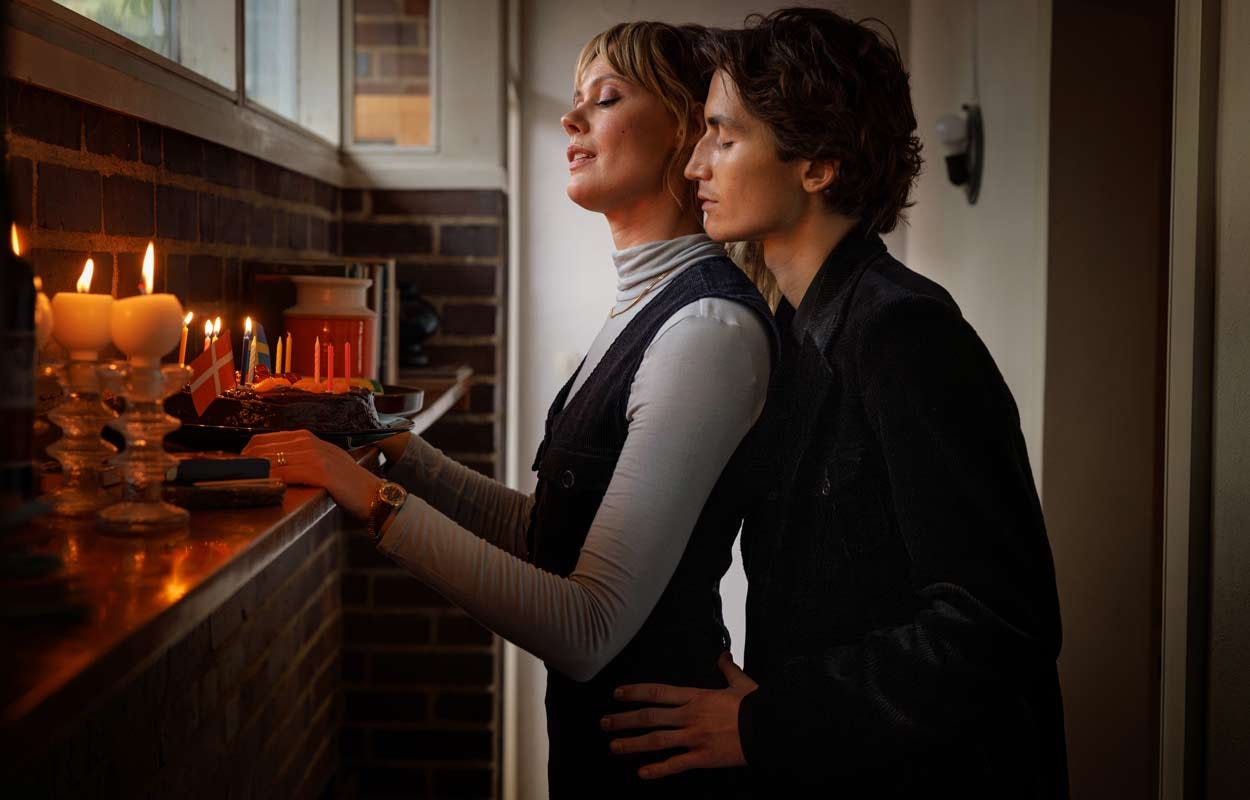
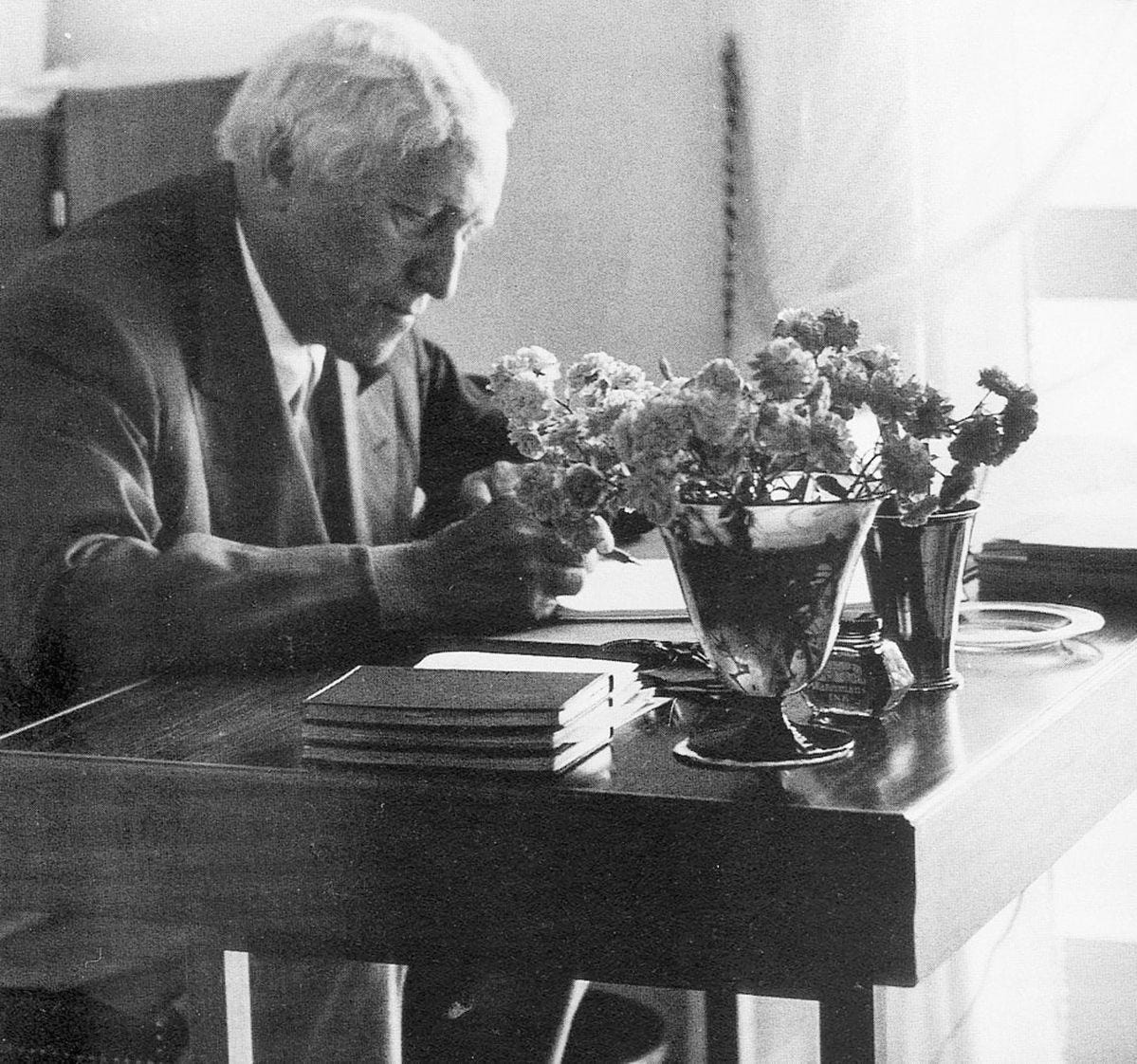

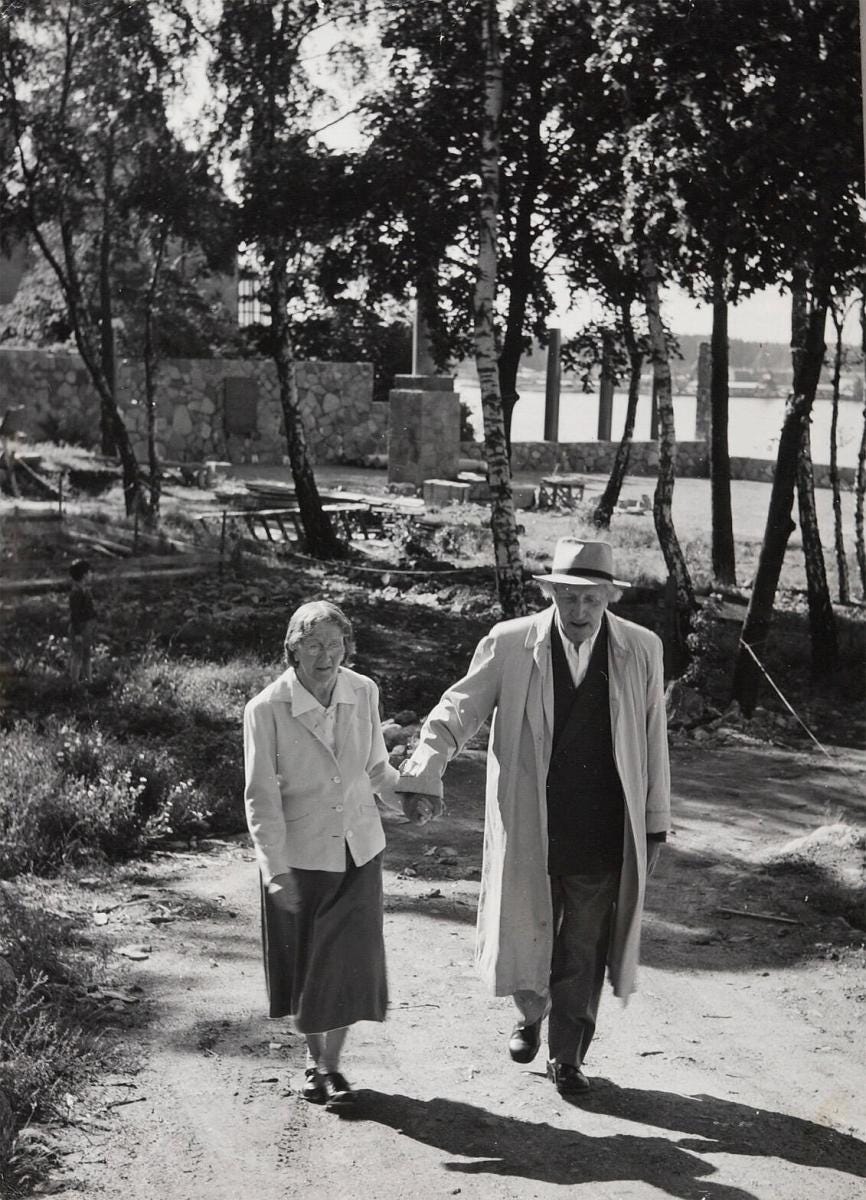

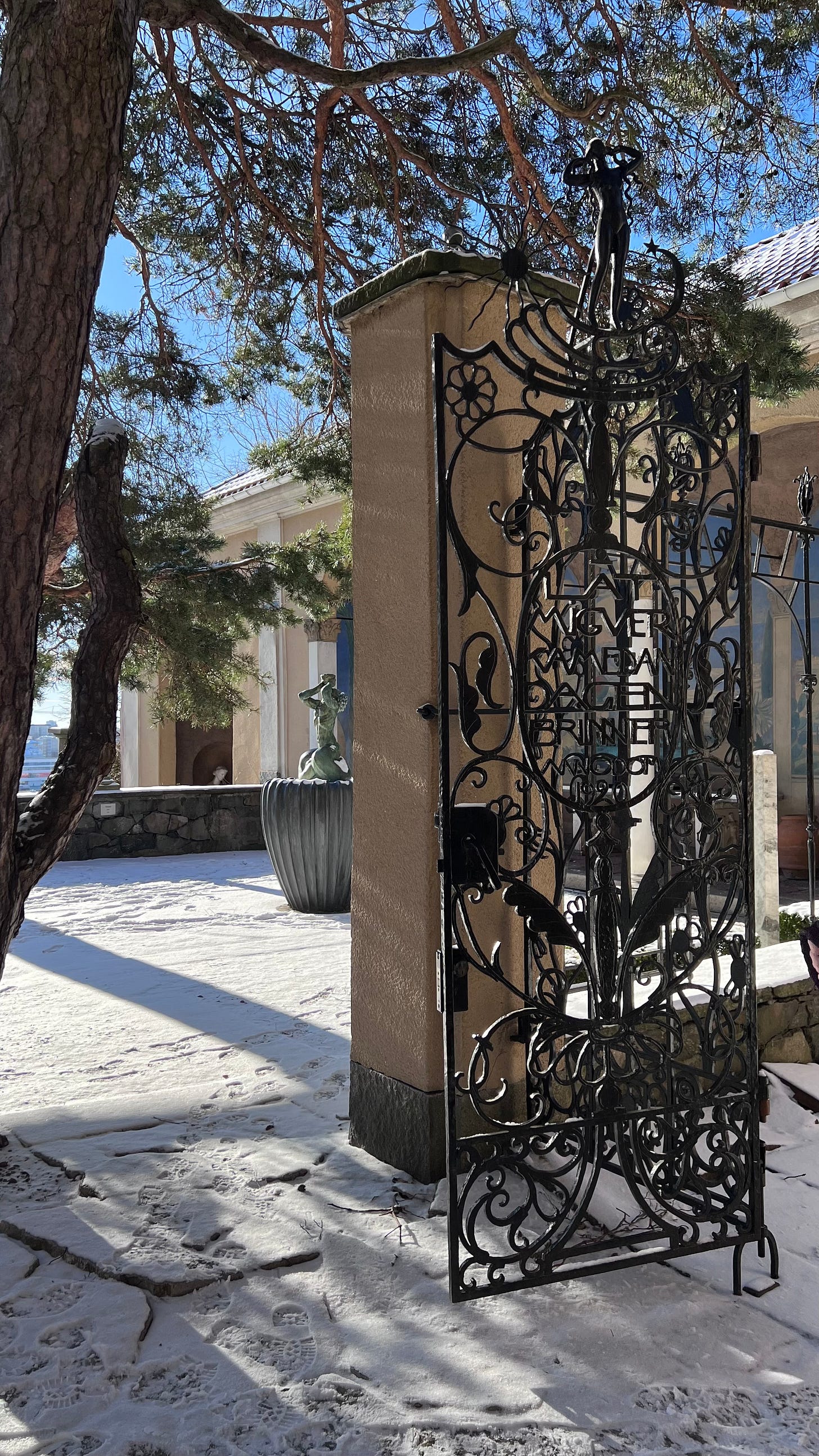
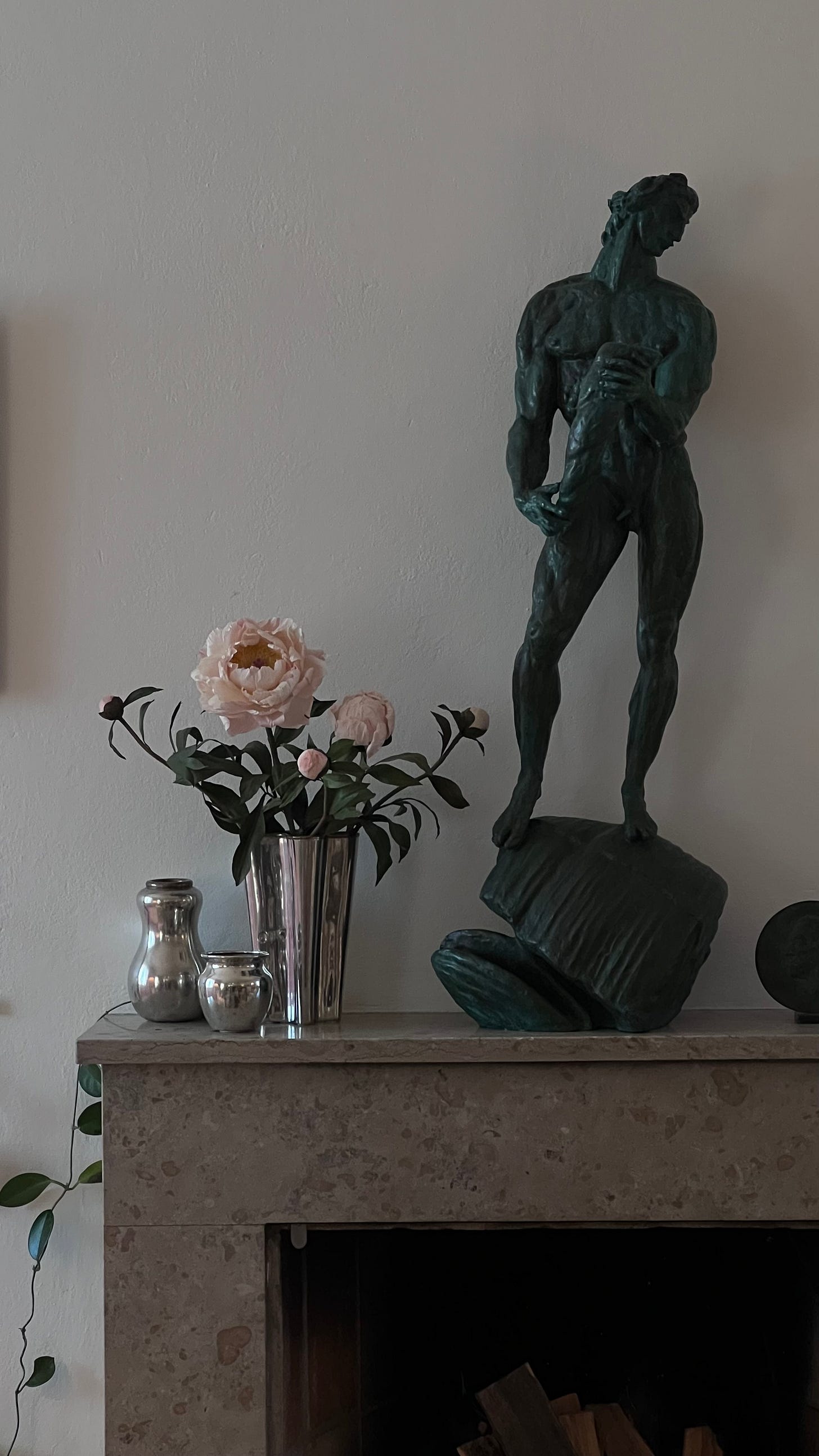


Love love loved this newsletter! I'm still looking for 'the one' but you and John are an inspiration for sure